Fendi Fur
CONTACTS OUR EXPERTS
Heritage
The story begins in Rome in 1925, when Adele Casagrande and Edoardo Fendi established their fur and leather goods workshop on via del Plebiscito. Their daughters followed in their footsteps, giving way to the era of the legendary five Fendi sisters. Now a century on, nestled within Palazzo della Civiltà Italiana, the Fendi Fur Atelier is the only of its kind to carry out its unparalleled traditions inside a Maison's headquarters.
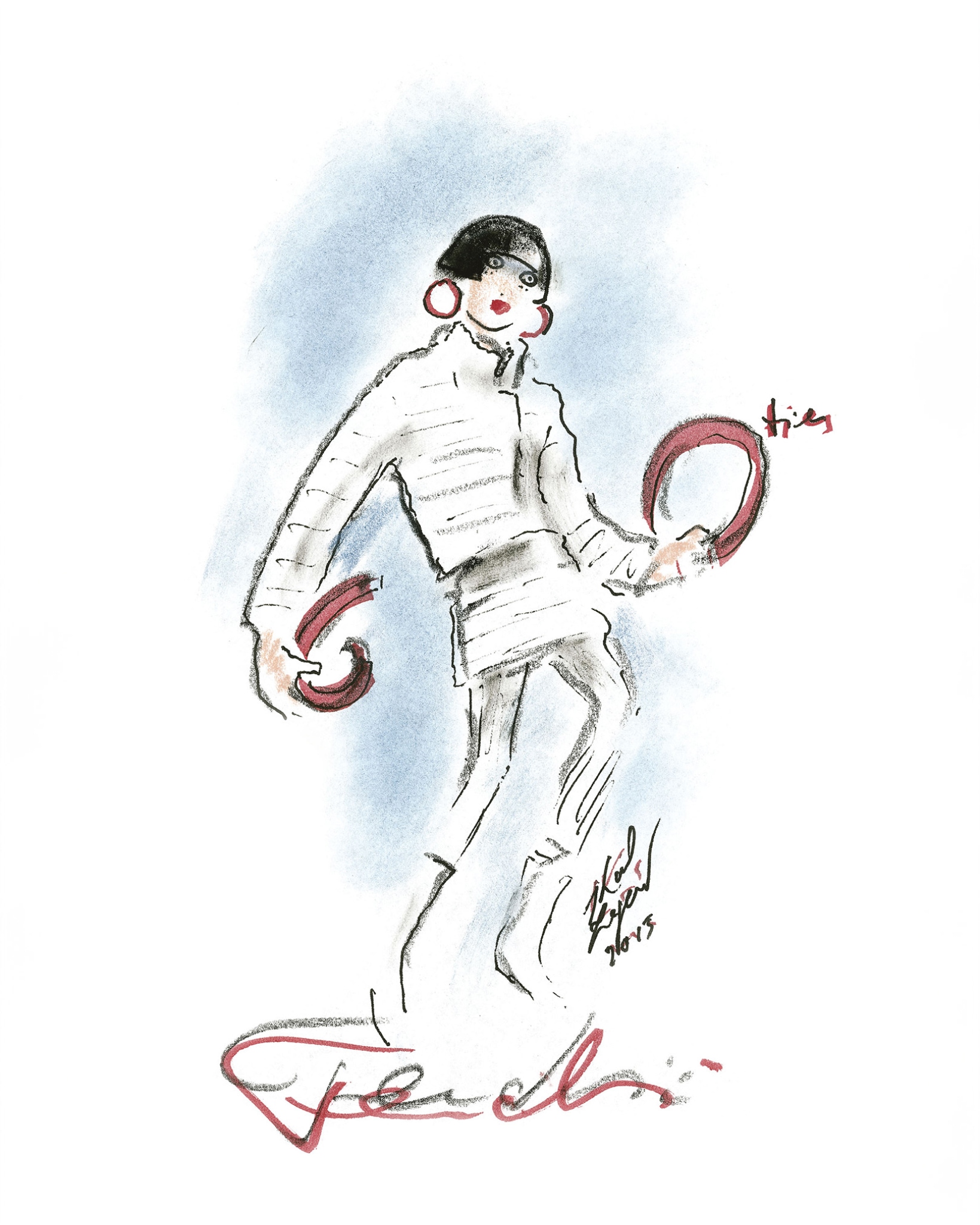
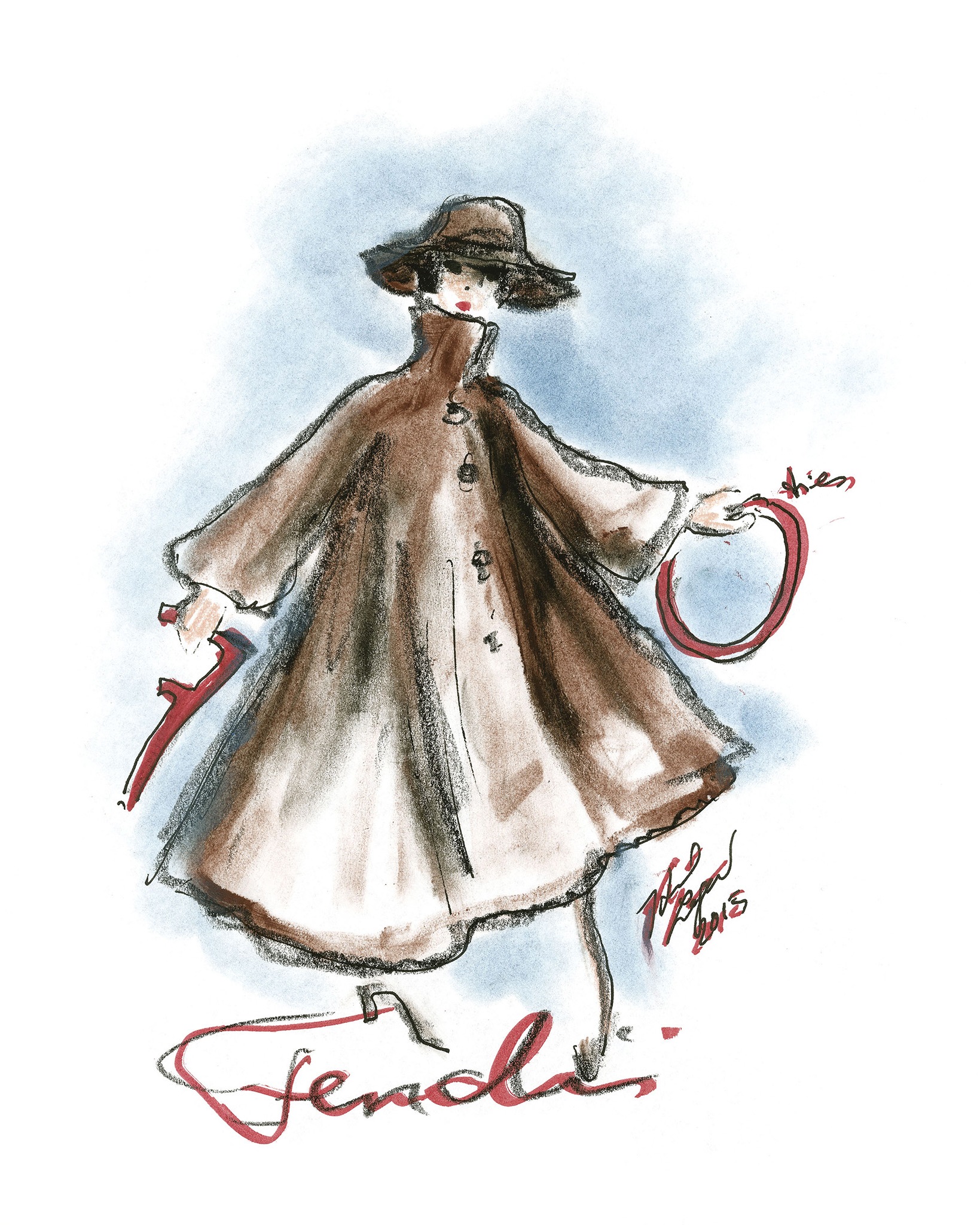
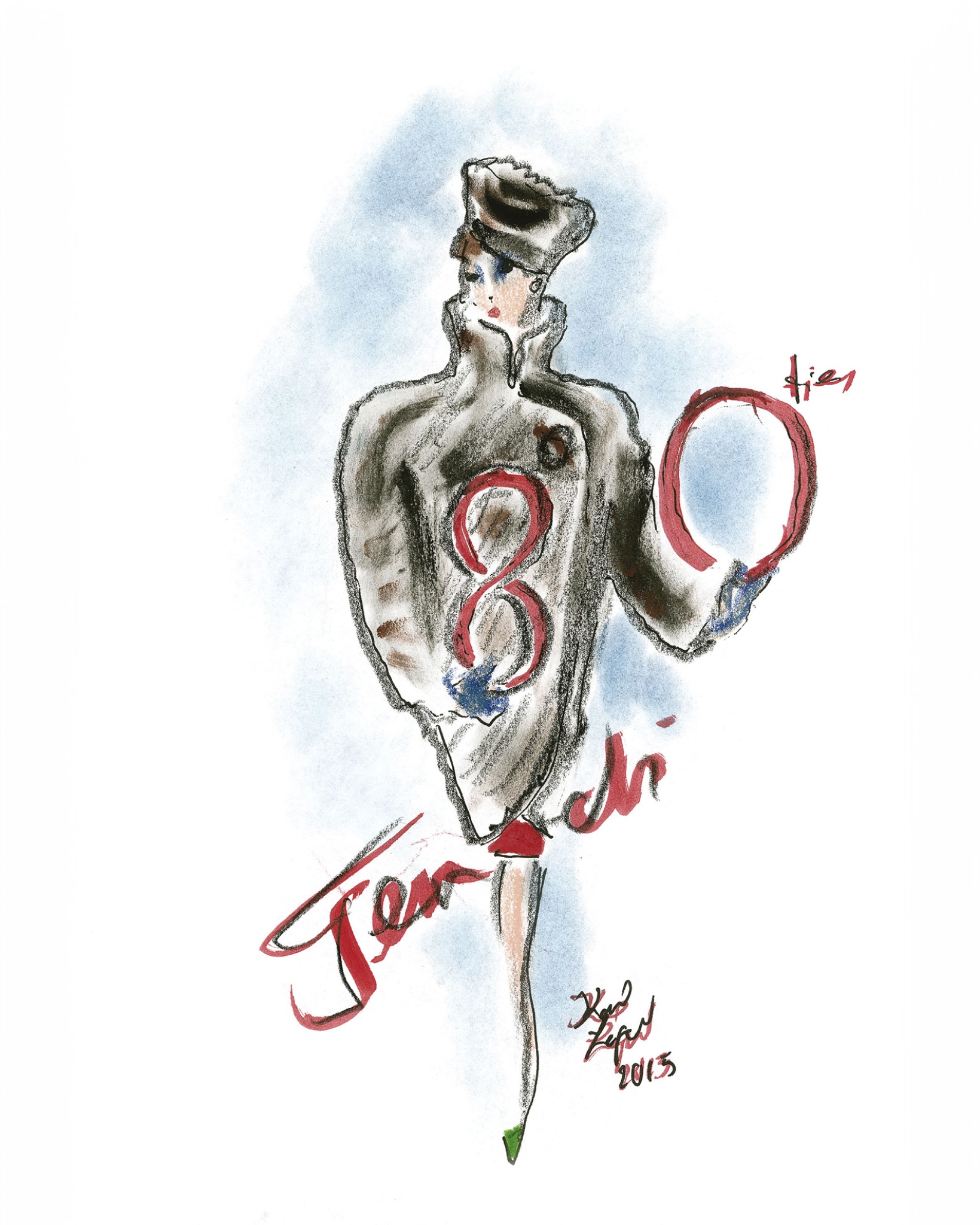
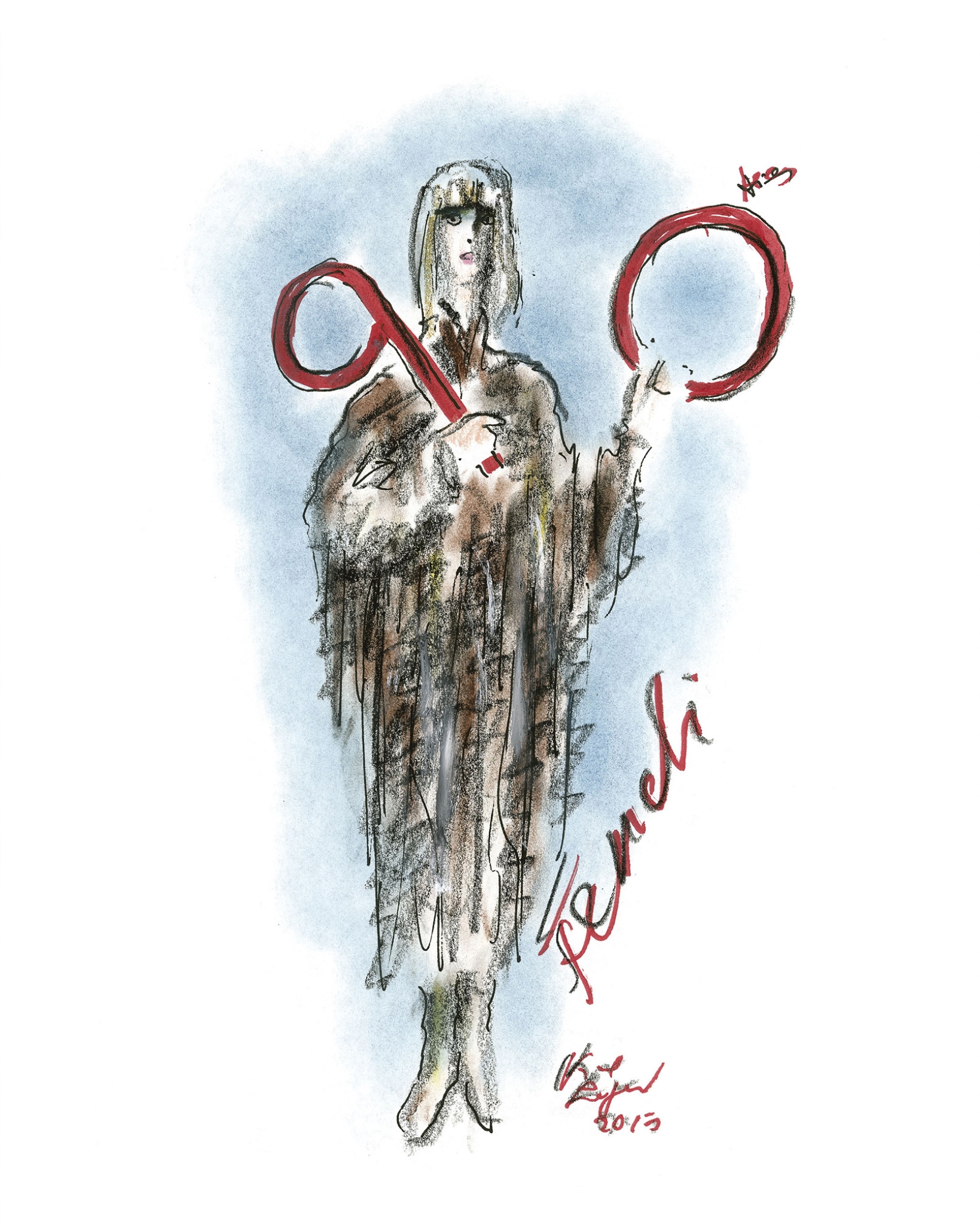
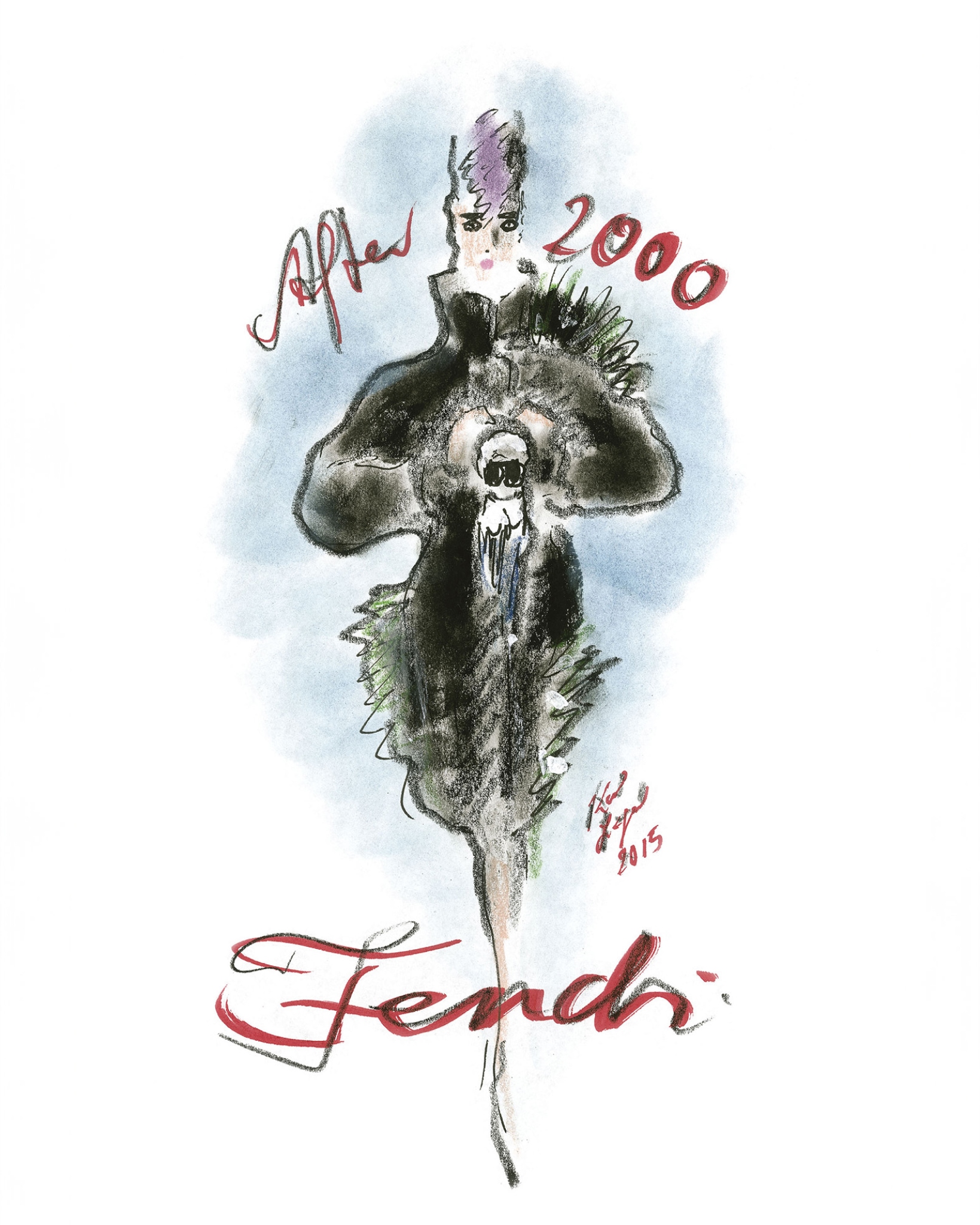
The Lagerfeld legacy
“The bond between Karl Lagerfeld and Fendi is fashion’s longest love story.” – Silvia Venturini Fendi
In 1965, the Fendi sisters decided to hire the Maison’s first Artistic Director. They chose Karl Lagerfeld, who in his first year created a new logo and mantra: FF, Fun Fur, ushering in an era of unprecedented creativity that redefined furs for Fendi and the world.
From the traditional approach of heavy silhouettes in natural tones, Lagerfeld elevated furs to wearable works of art, modern and lightweight fashion statements that experimented with colour and bold graphic patterns only possible with the Atelier’s unrivalled craftsmanship.
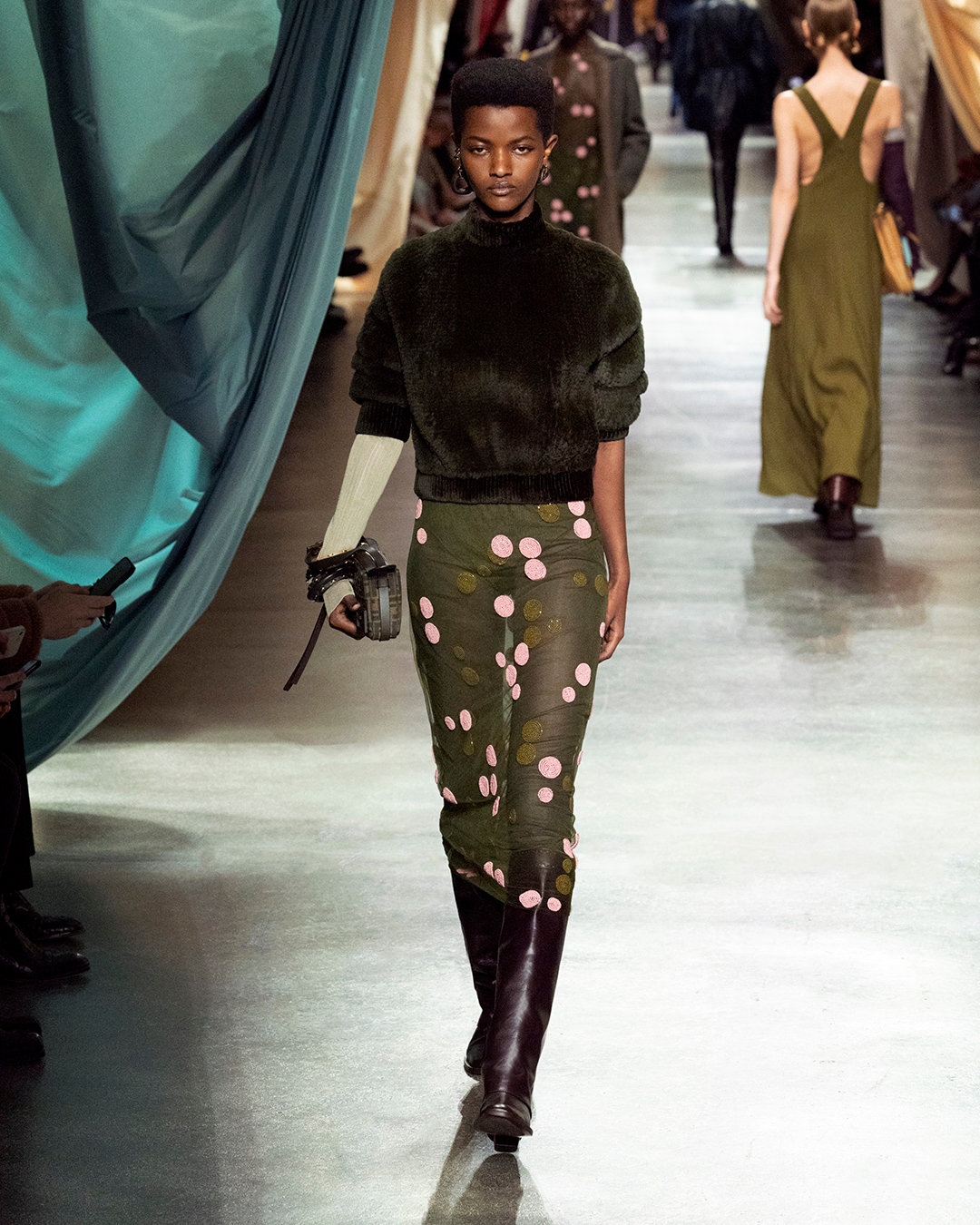
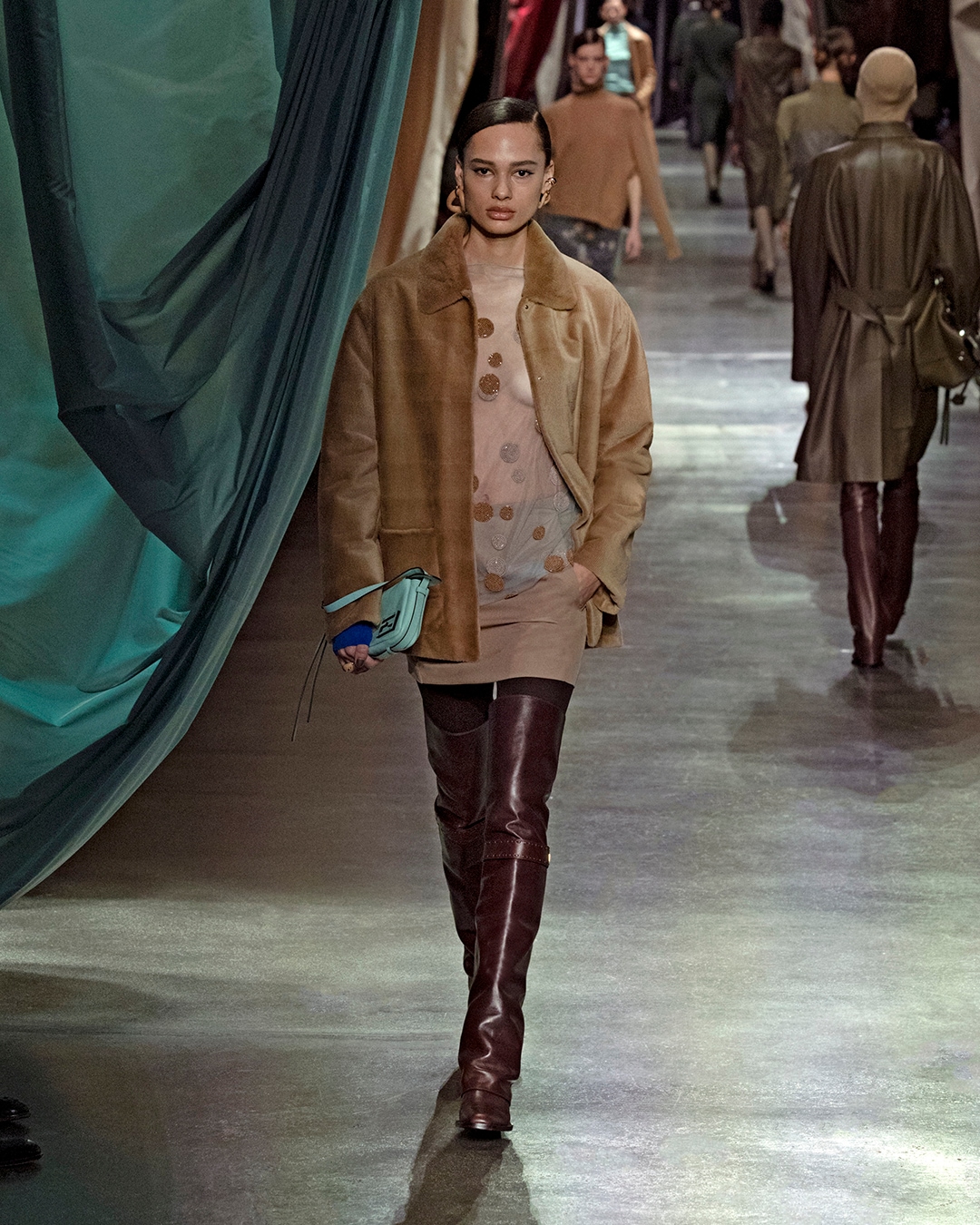
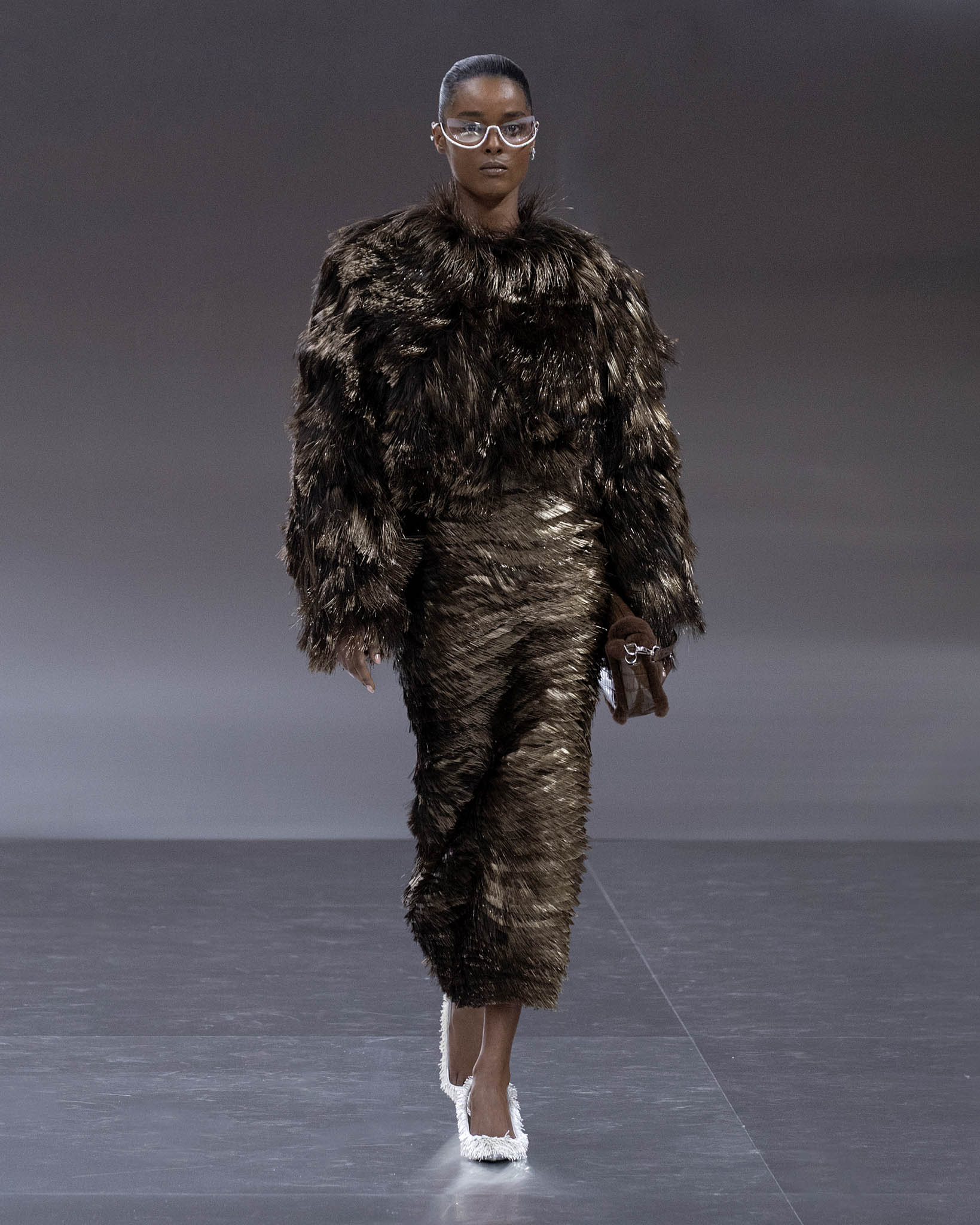
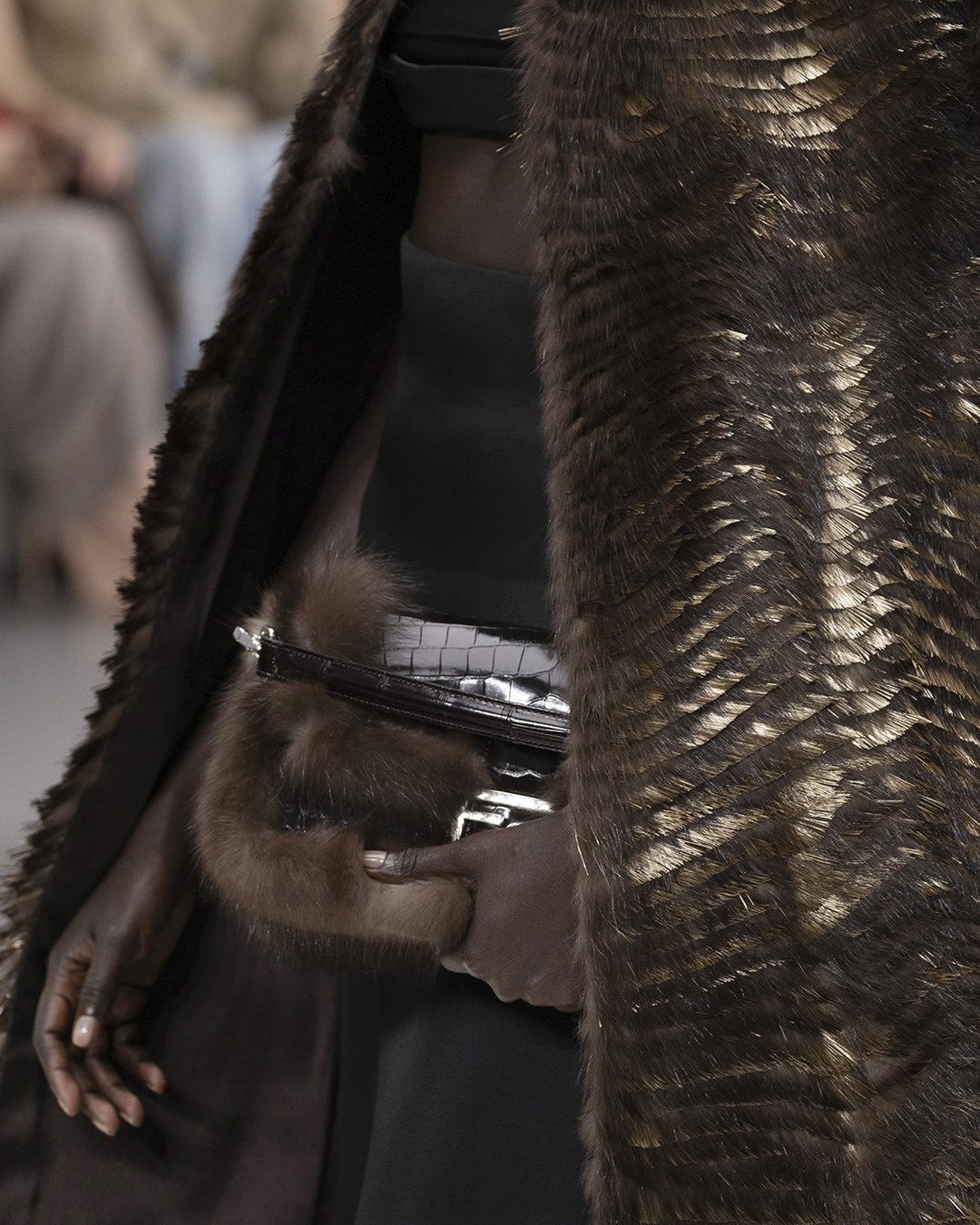
Boundless creativity
The spirit of innovation cultivated by Karl Lagerfeld has continued under Kim Jones and Silvia Venturini Fendi, whose artistic direction has led to unprecedented new masterpieces, blending materials and techniques in all new ways.
Lookbook
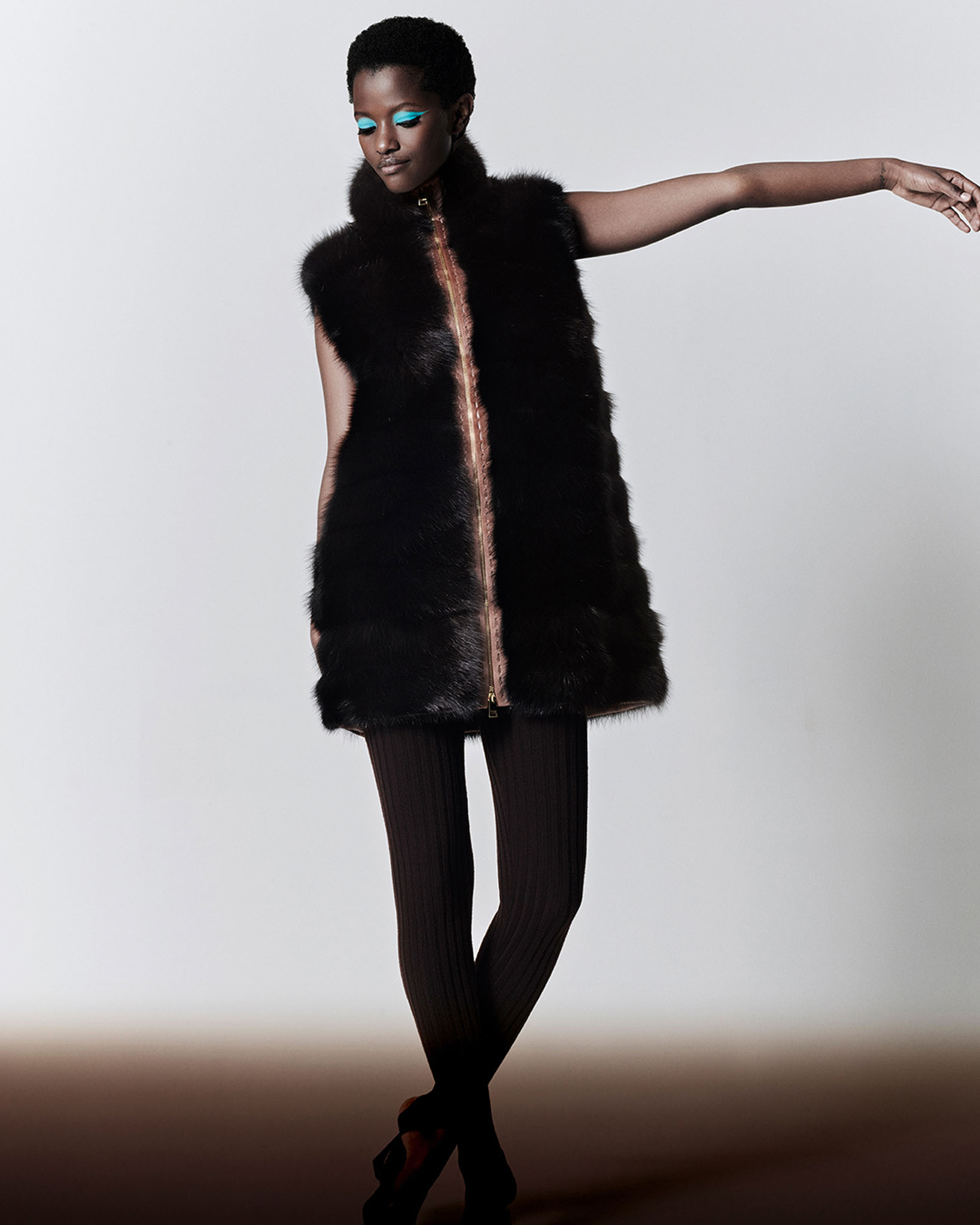
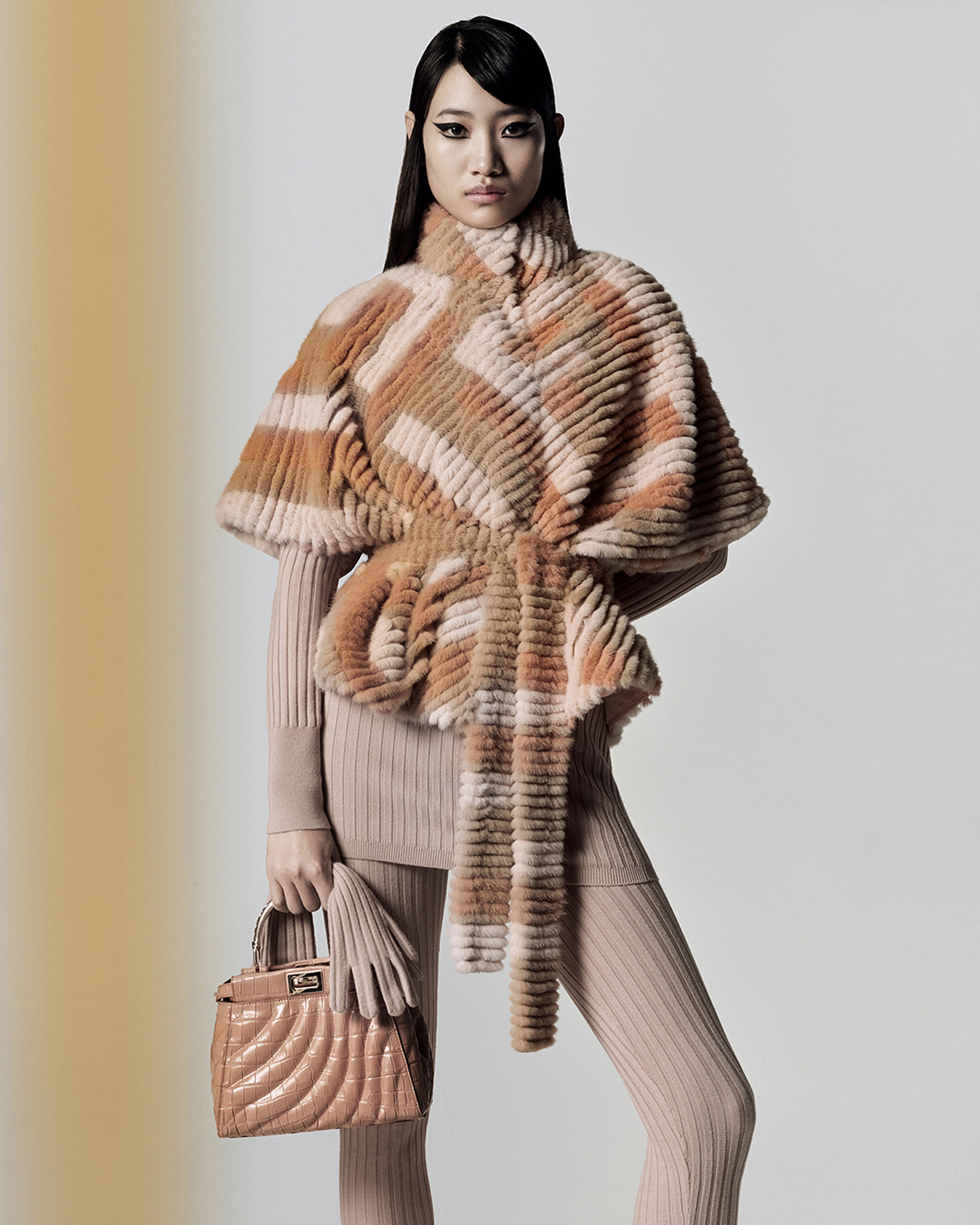
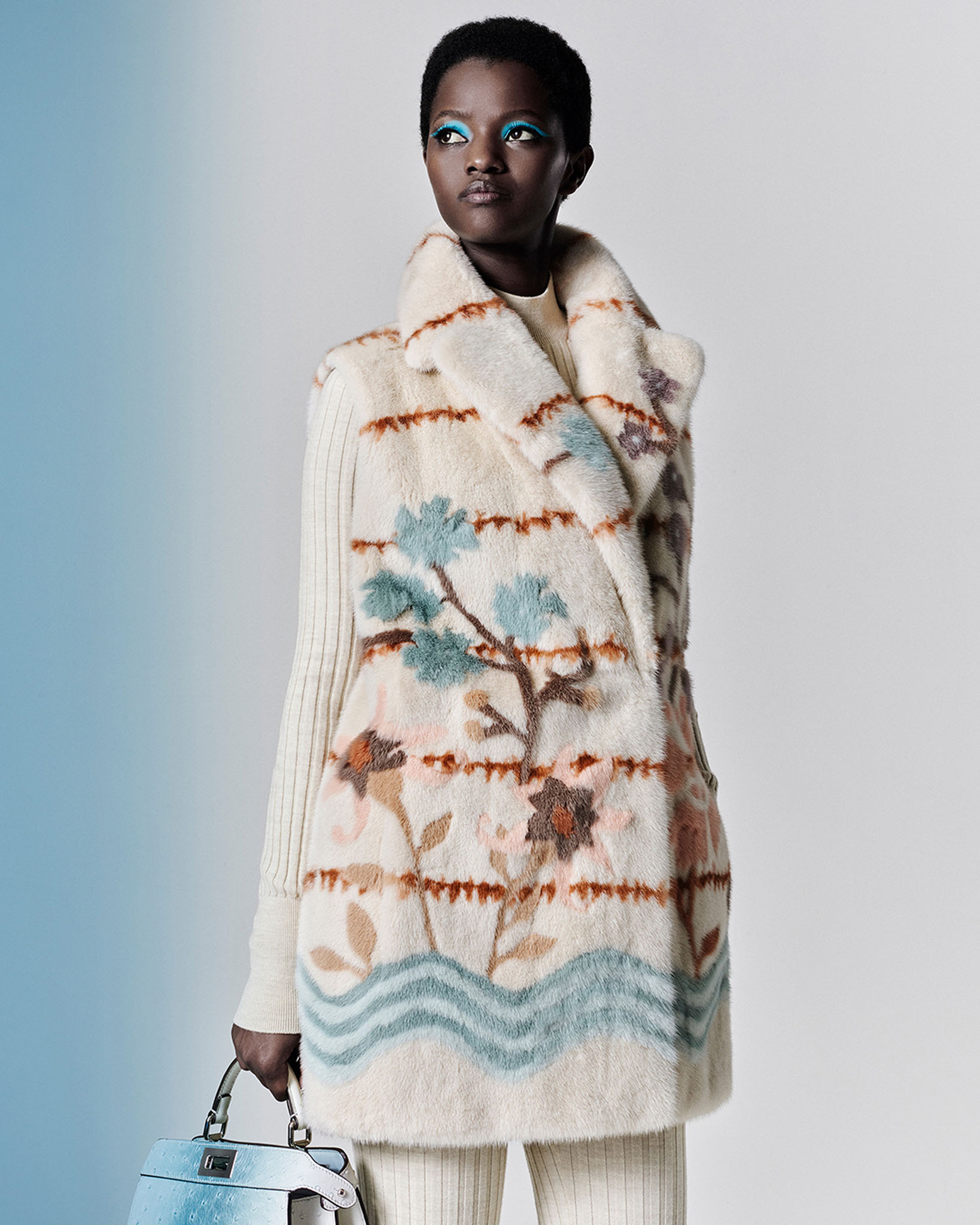
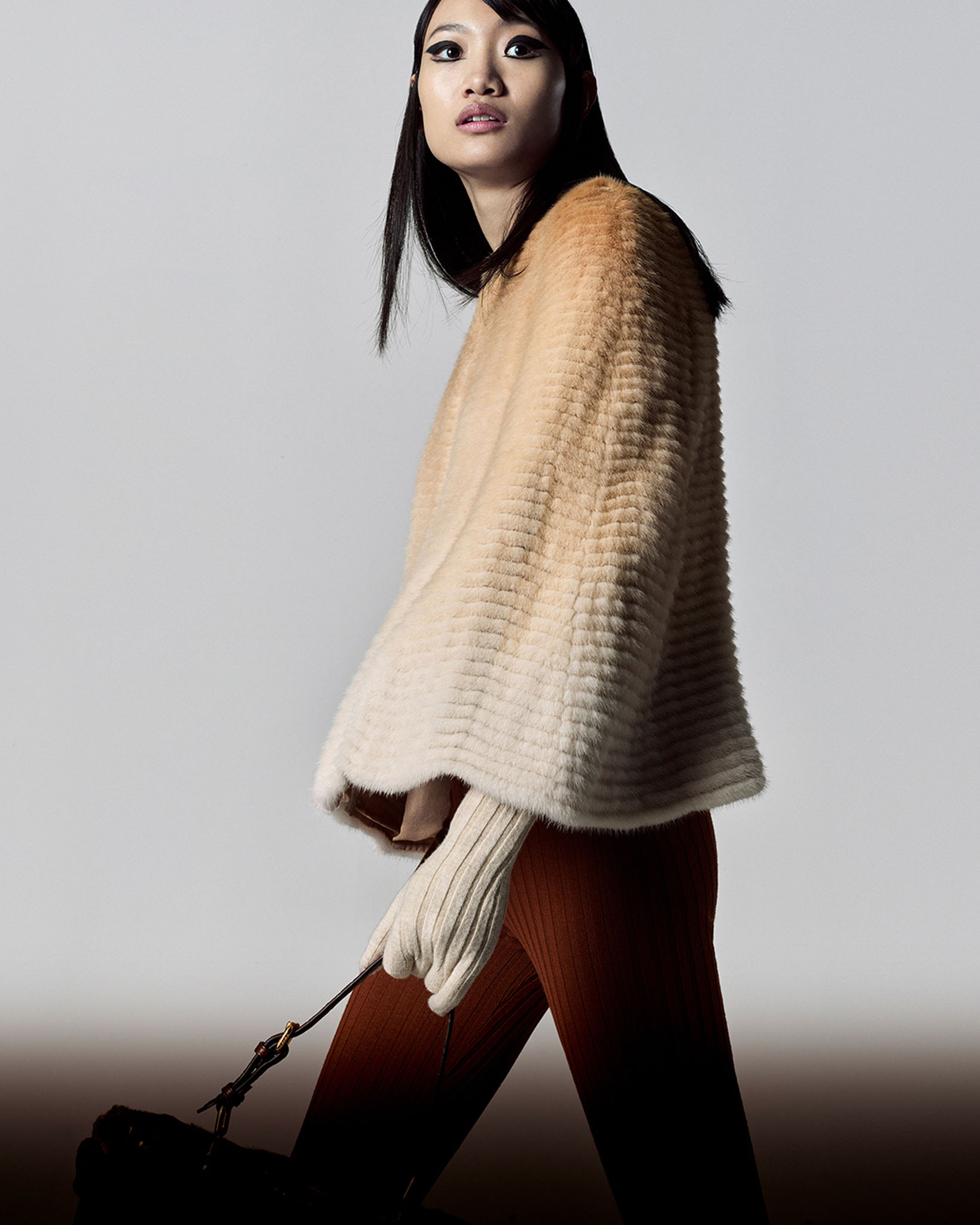
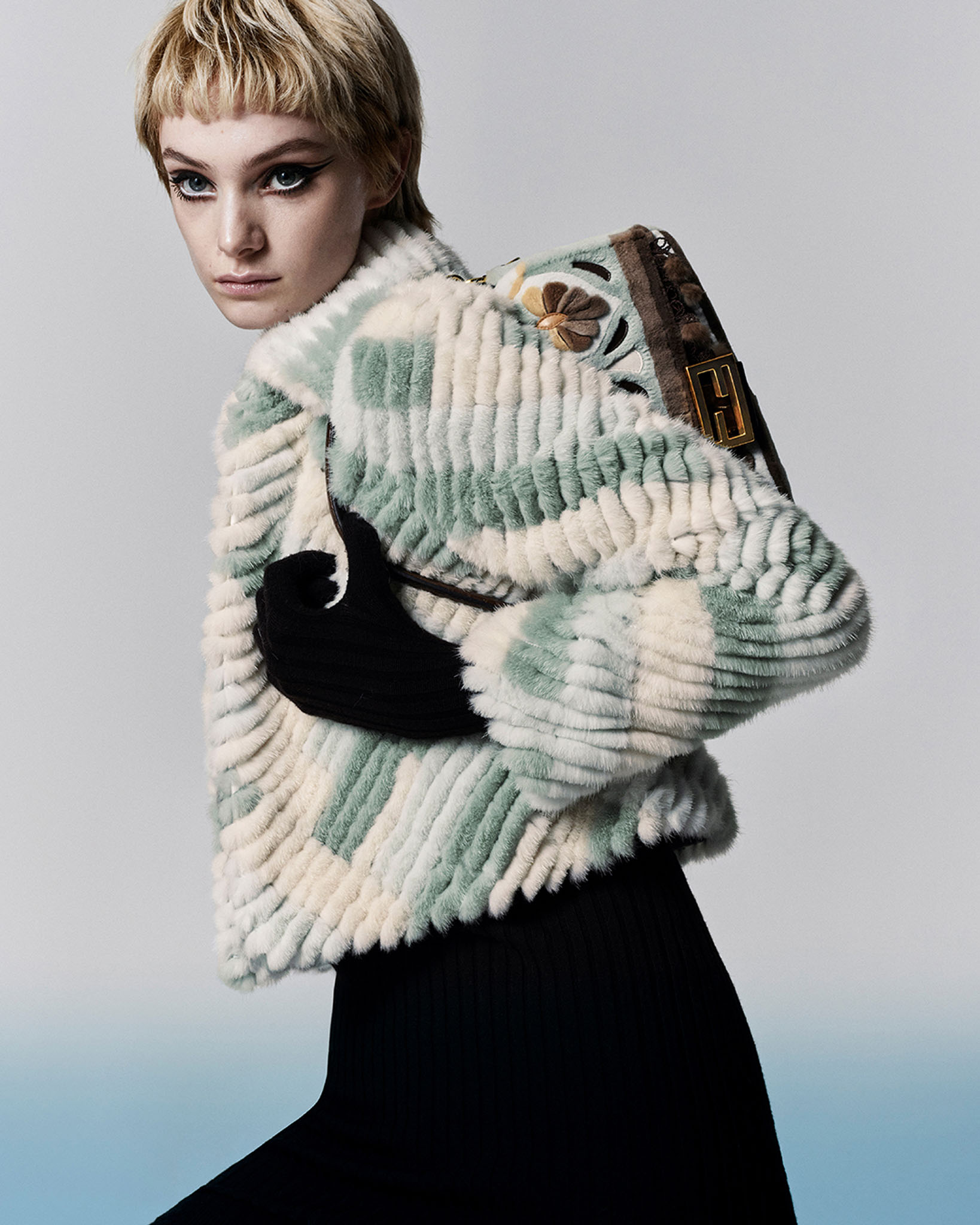
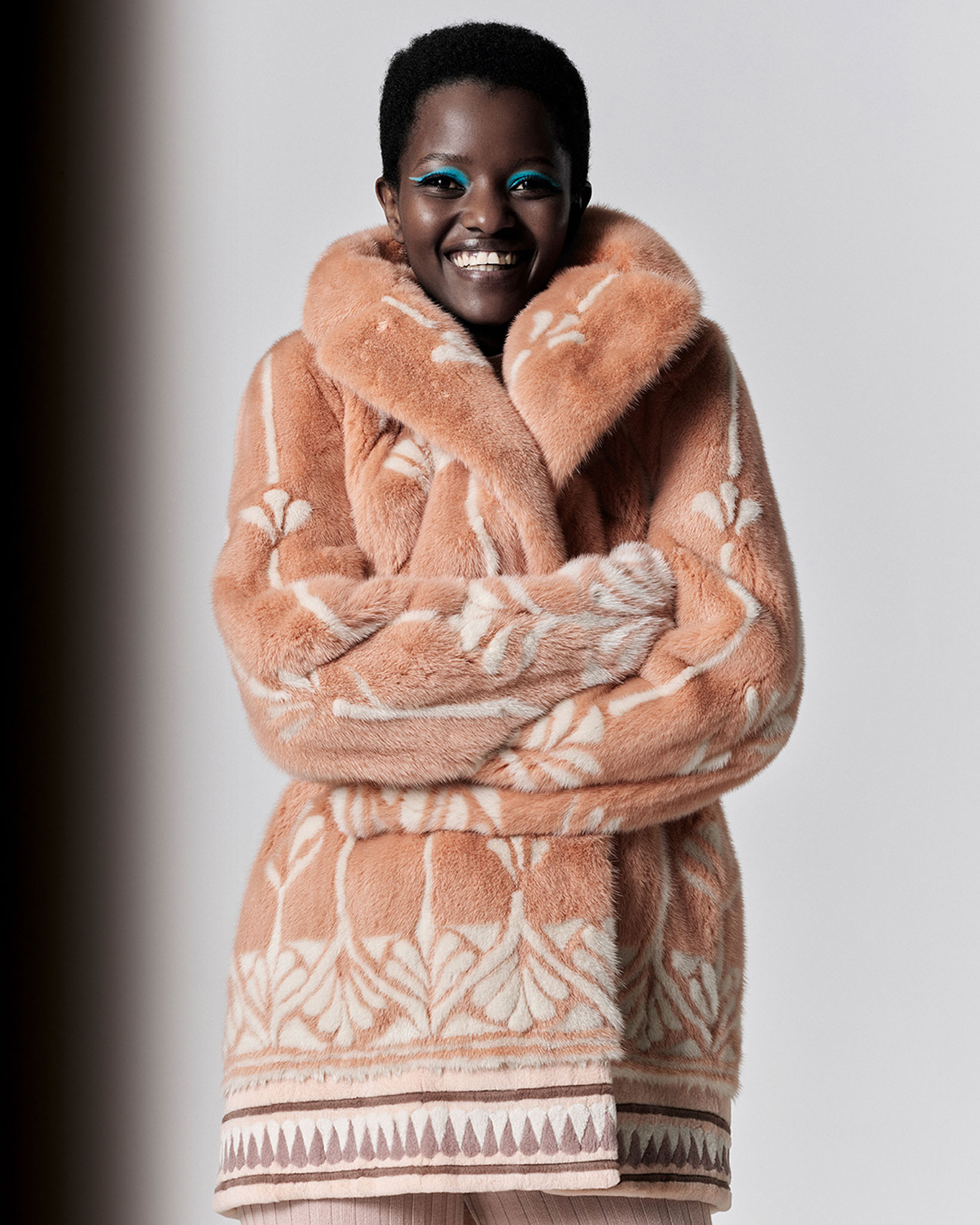
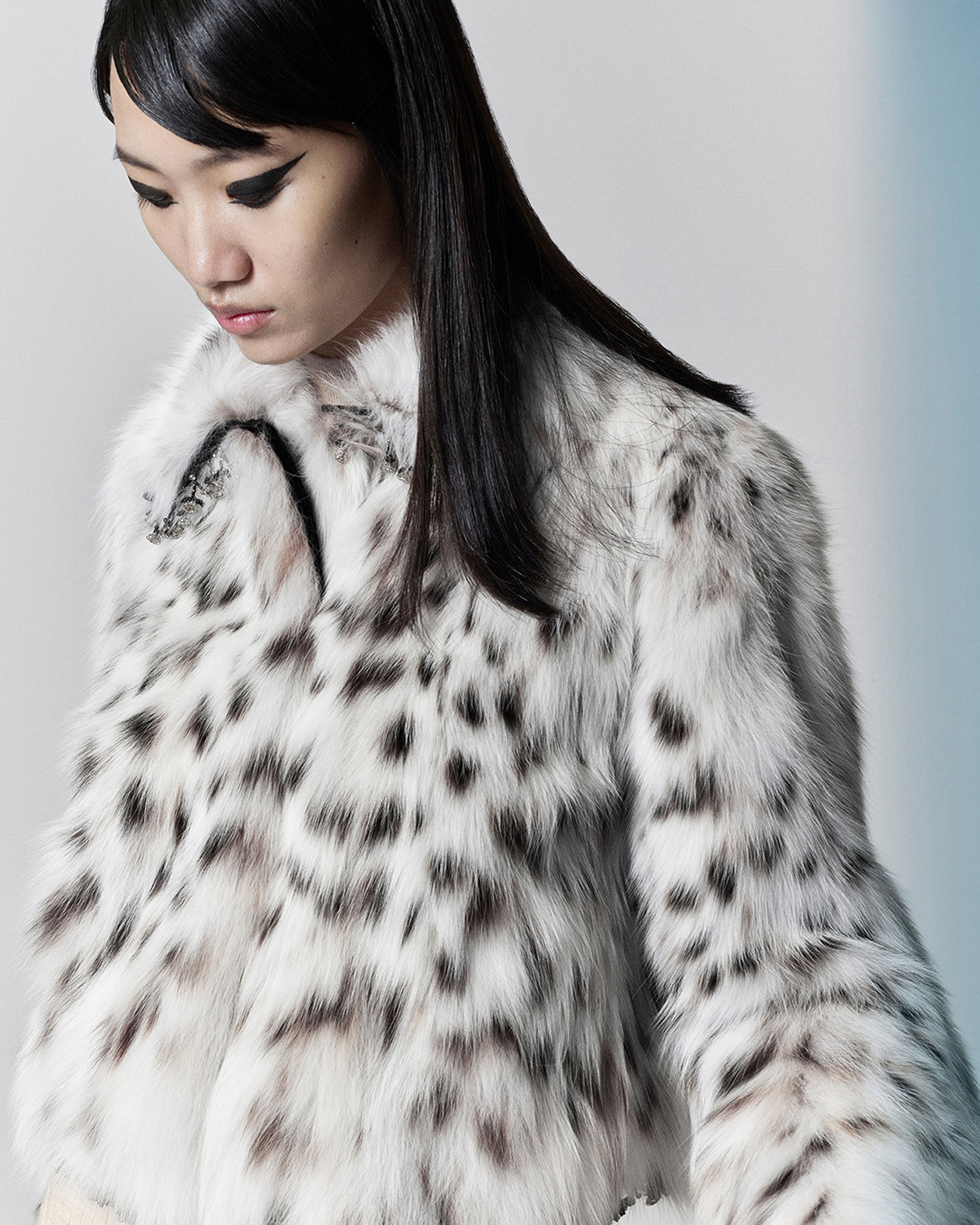
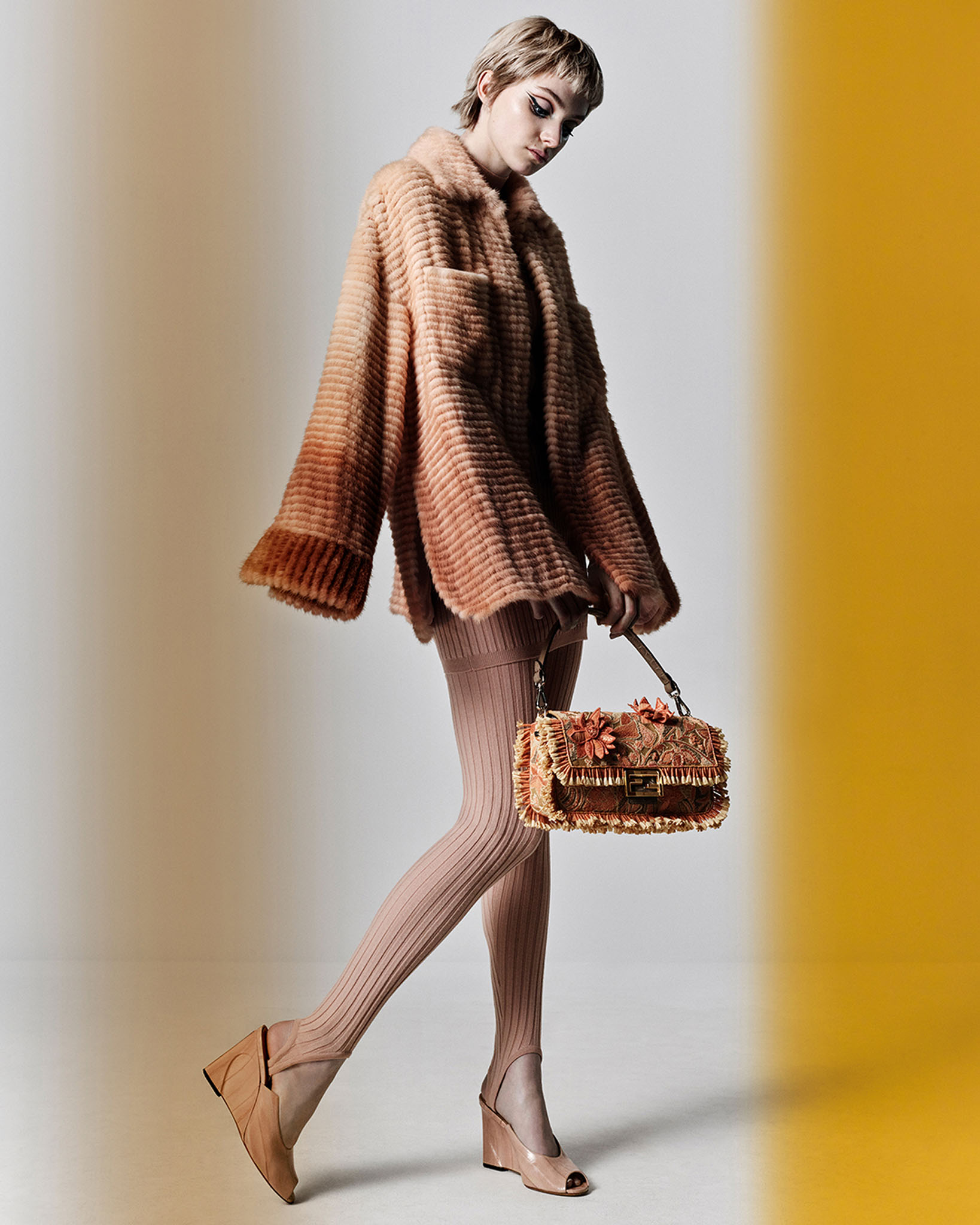
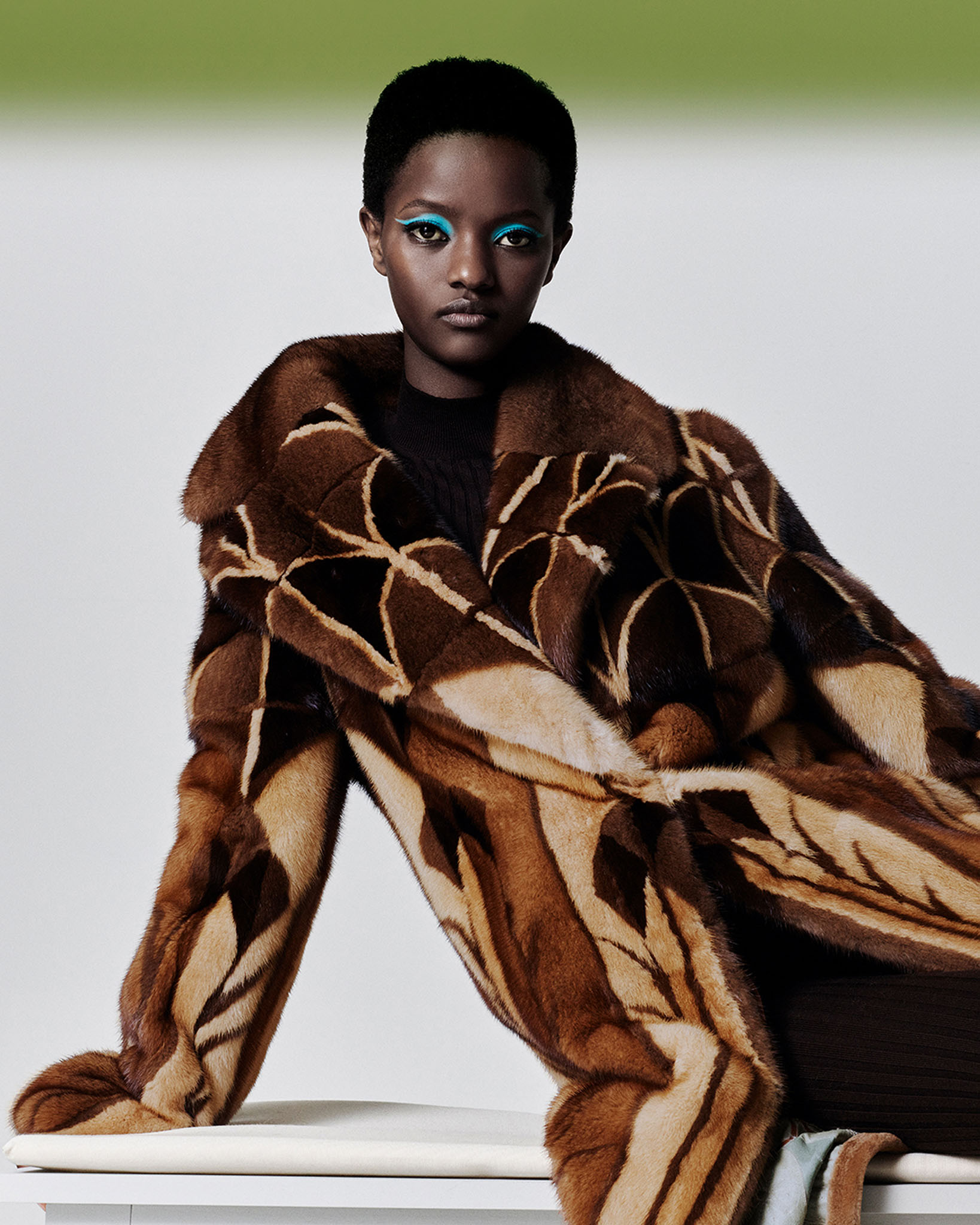
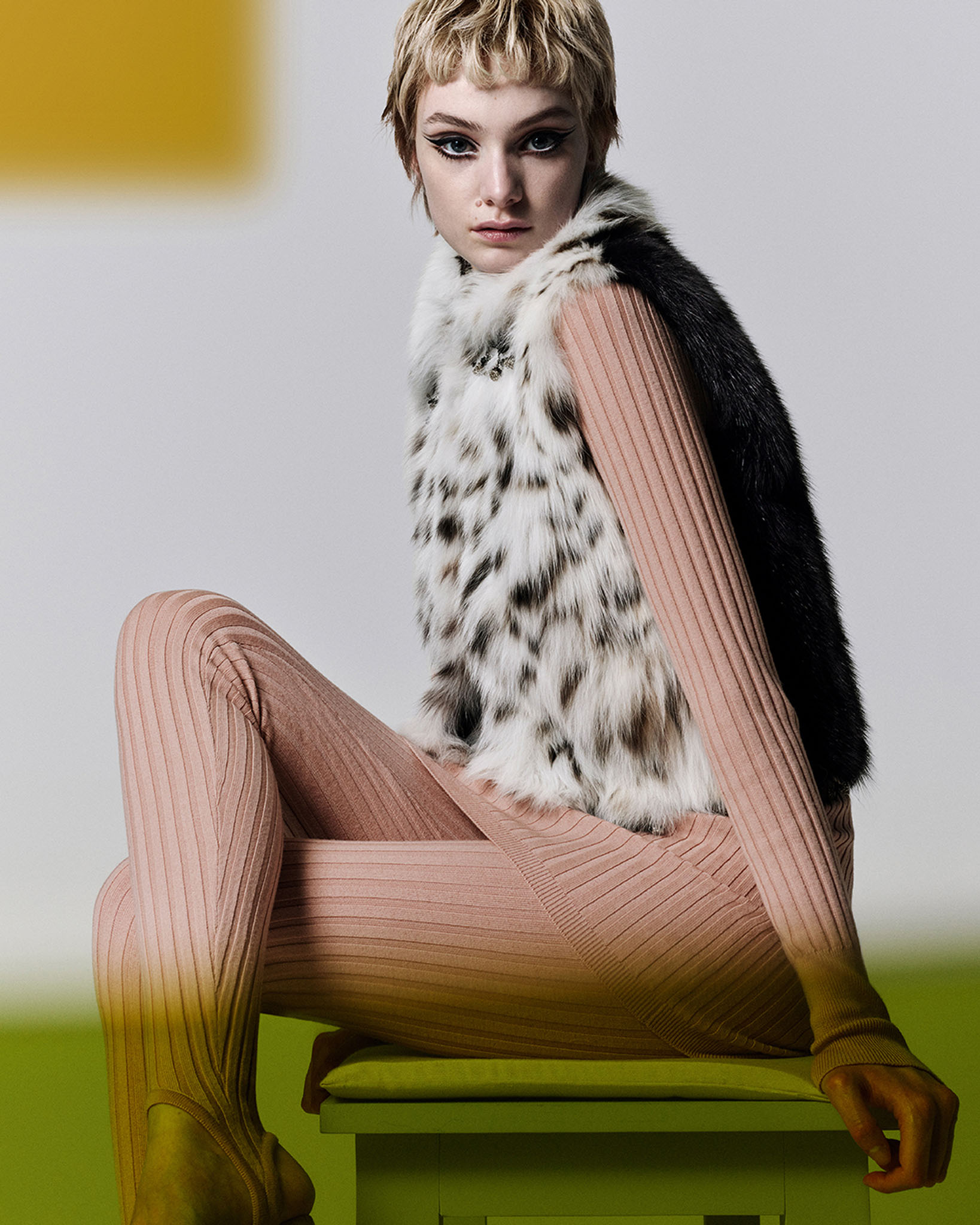
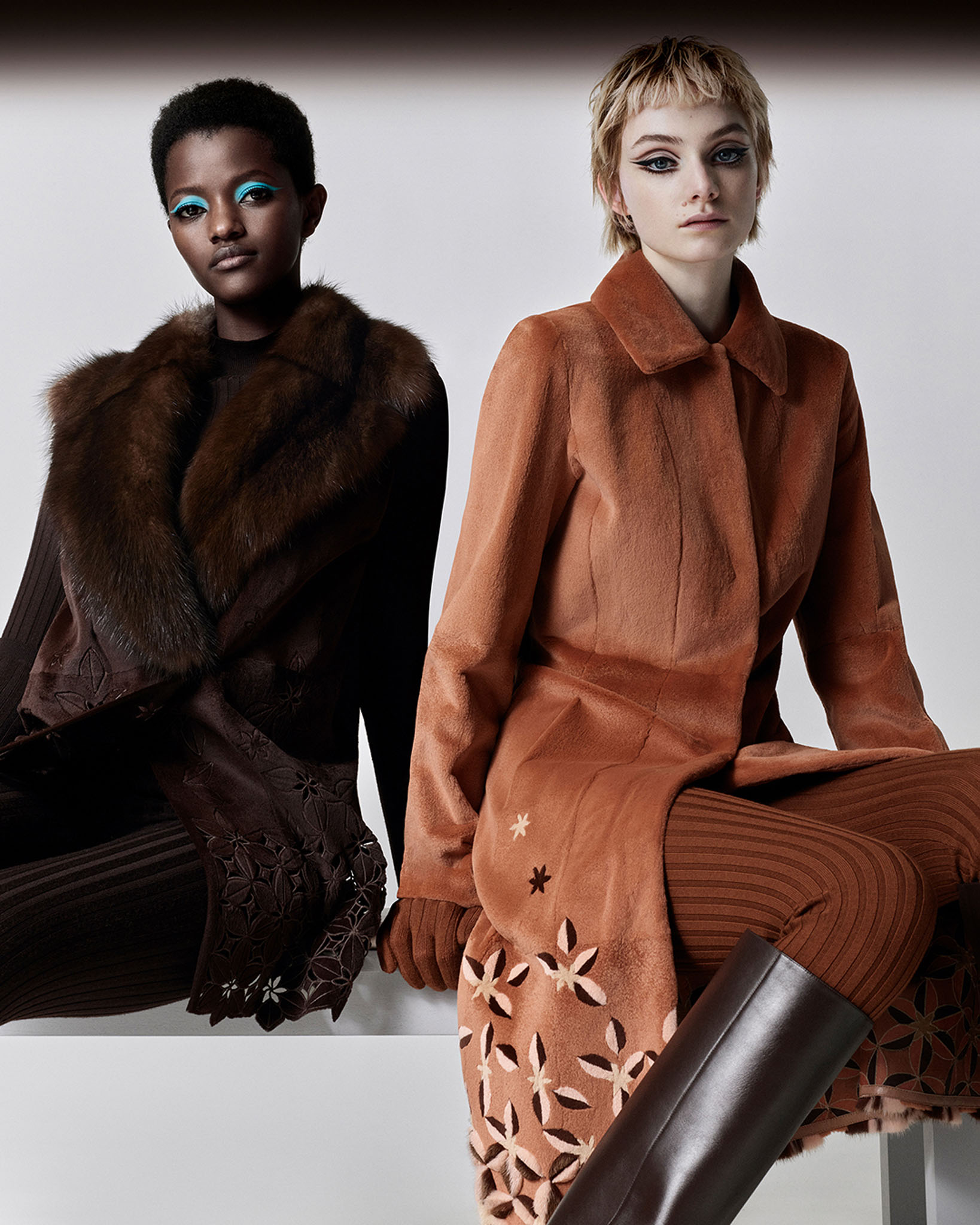
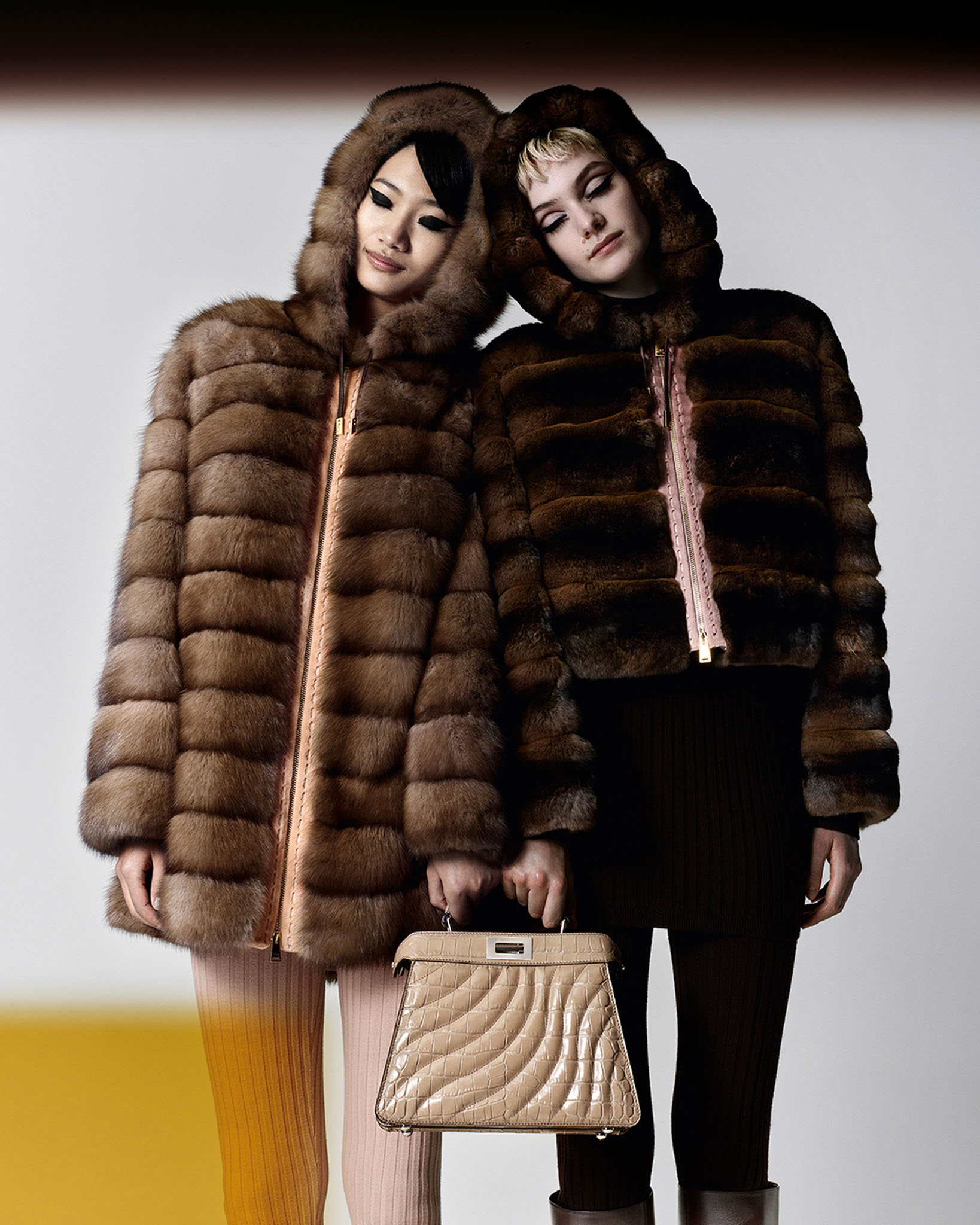
Only at Fendi
Symbols of exquisite craftsmanship, the Maison’s Fur creations are the results of the most audacious techniques that only Fendi possesses. This savoir-faire is constantly challenged by the Maison’s Artistic Director, season after season, keeping the Atelier’s spirit of daring creativity alive and leading to a constant series of new firsts.
One most precious signature of the Atelier is Inlay workmanship, requiring the artisans to meticulously assemble pieces of different shapes, colours, and lengths to create intricate patterns and 3D effects. Often unlined, the resulting creations are just as beautiful inside as they are outside.
Another much-loved Fendi craft tradition, Shibori, draws from an innovative yet artisanal Japanese technique to colour furs with a tie-dye effect.
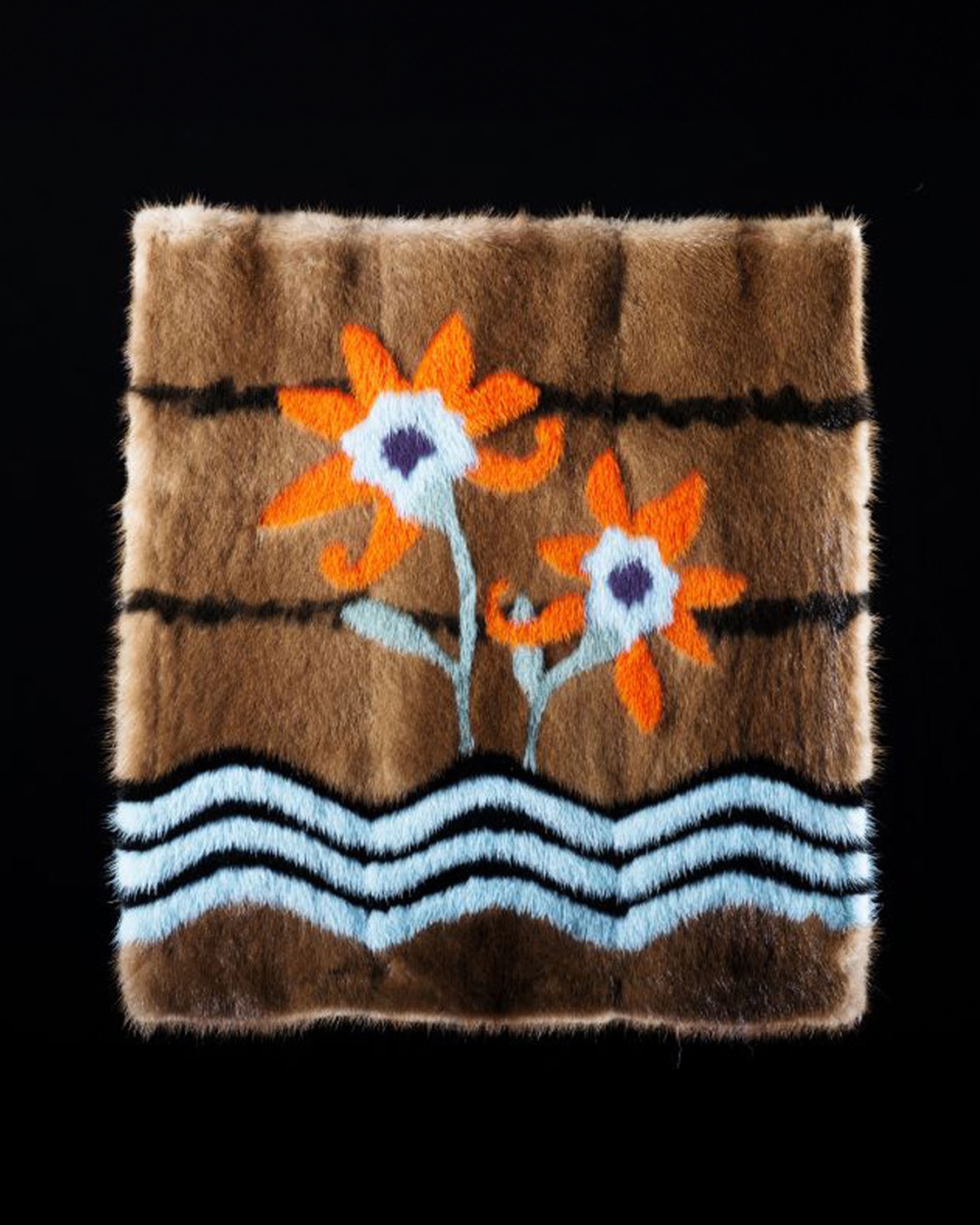
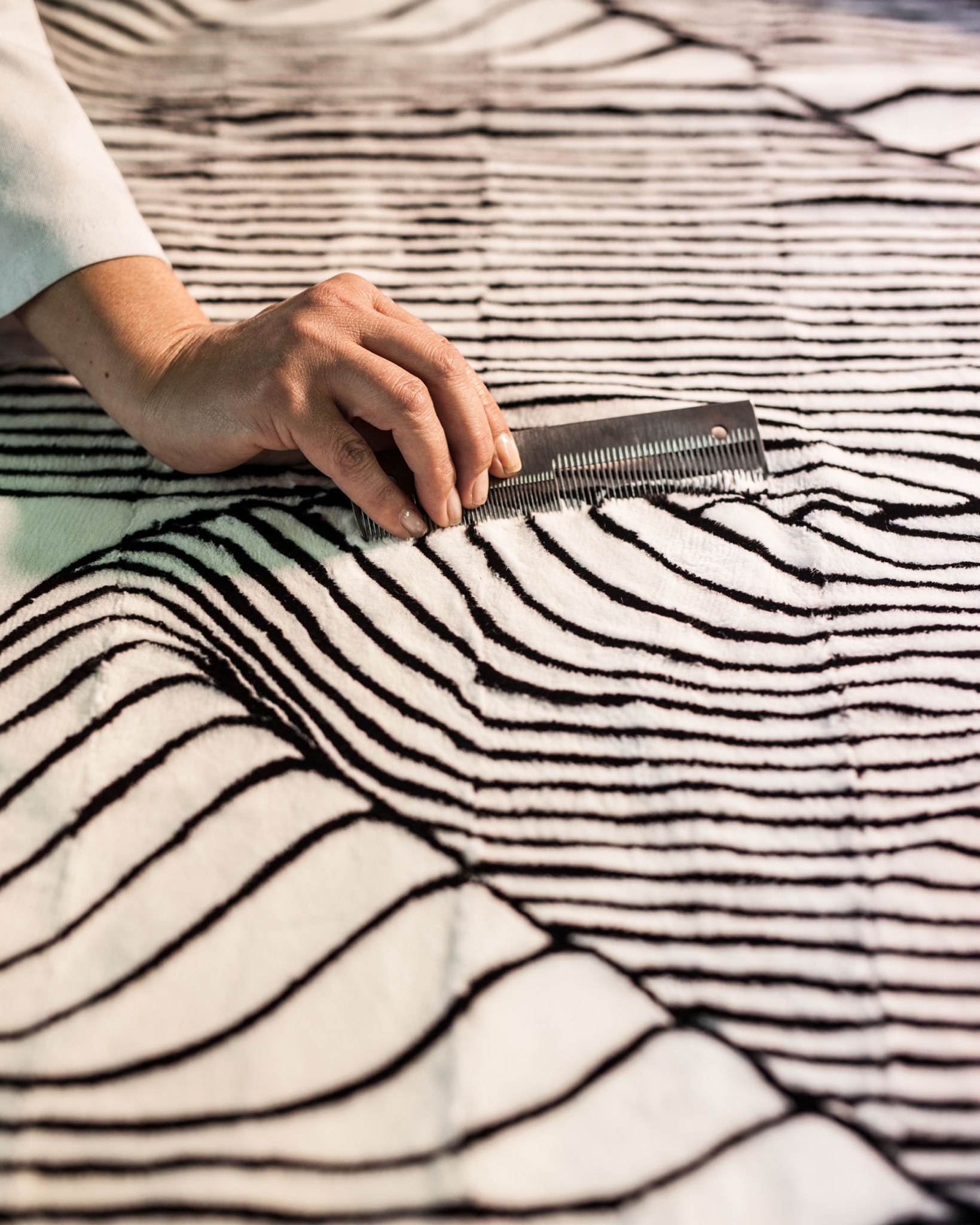
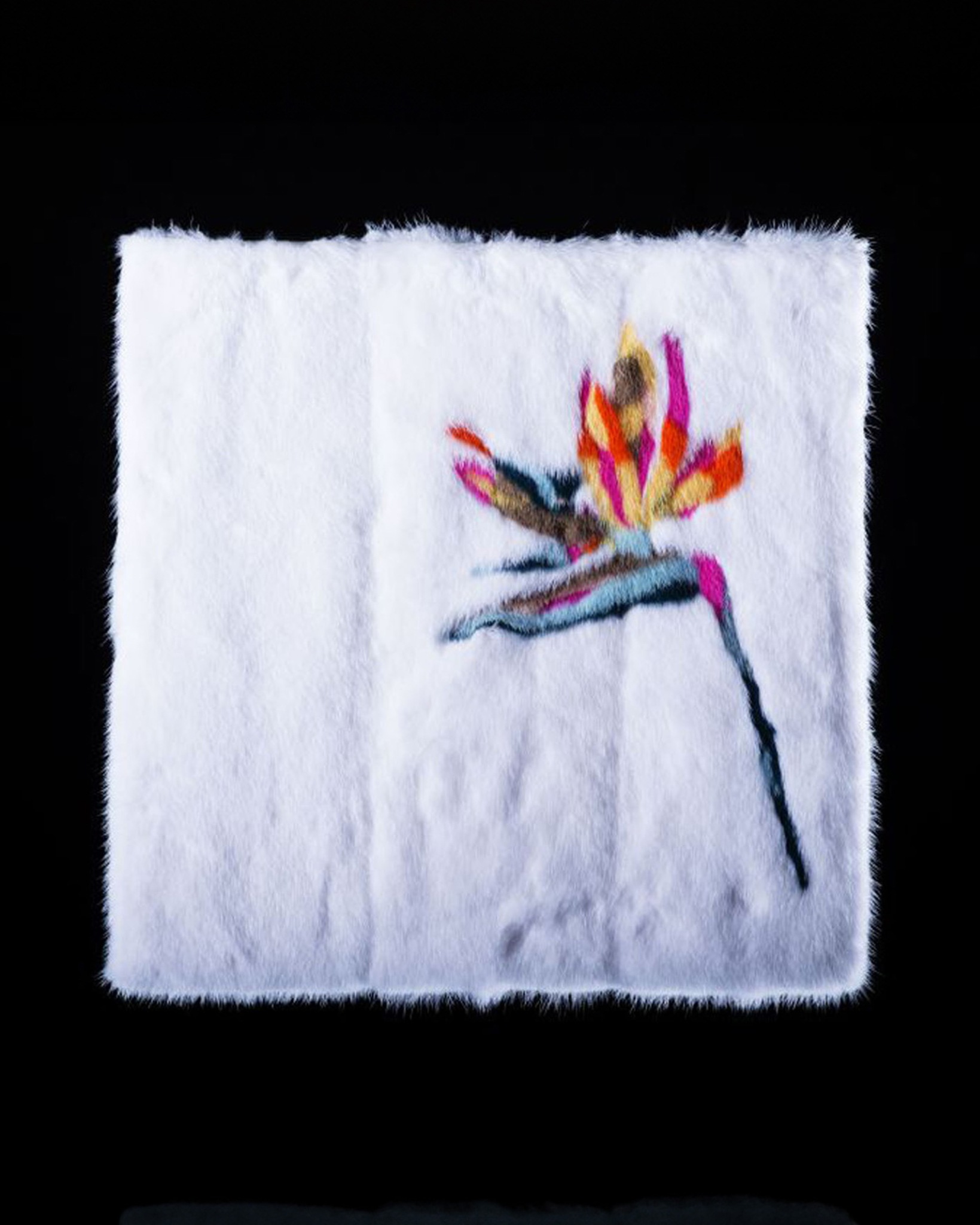
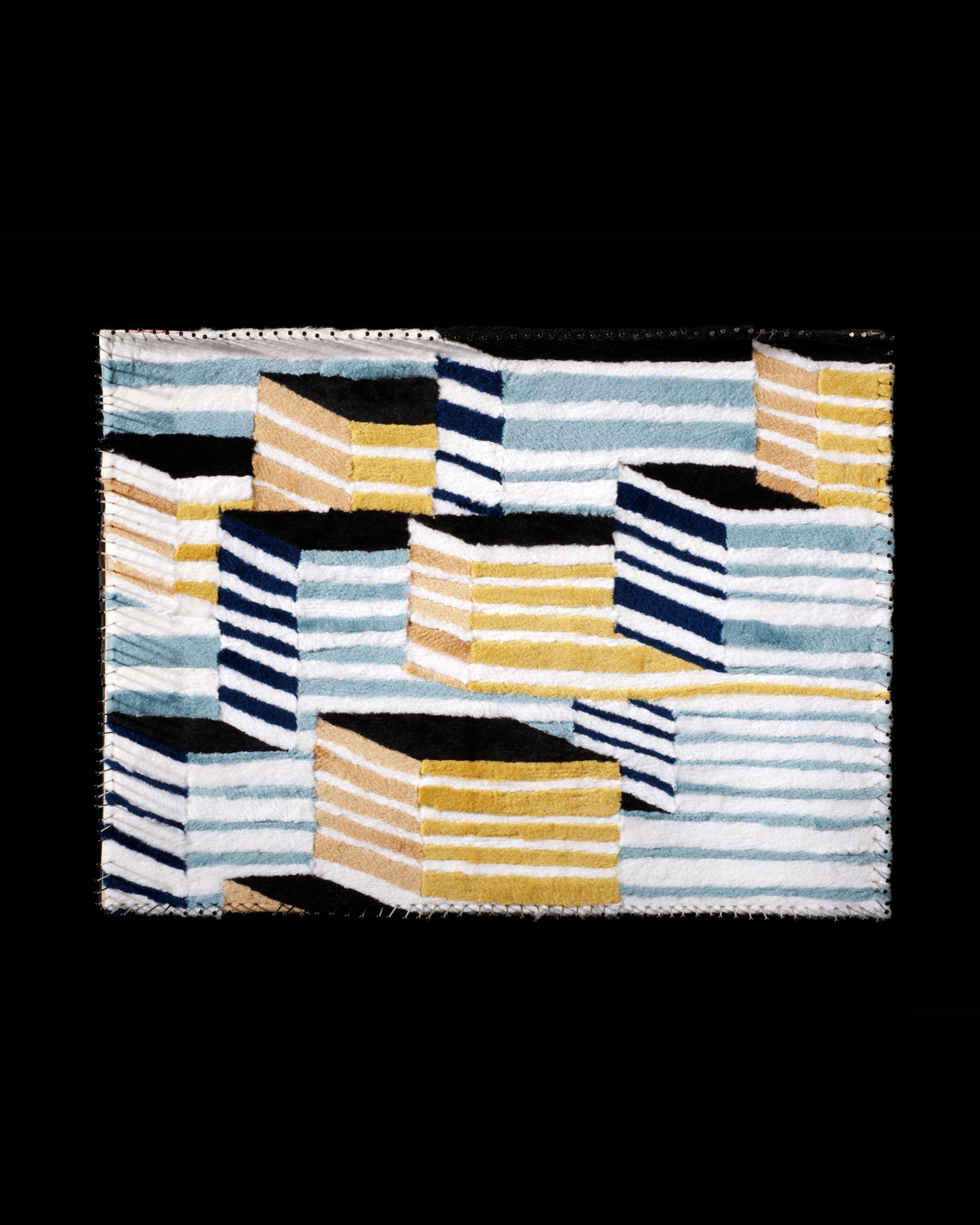
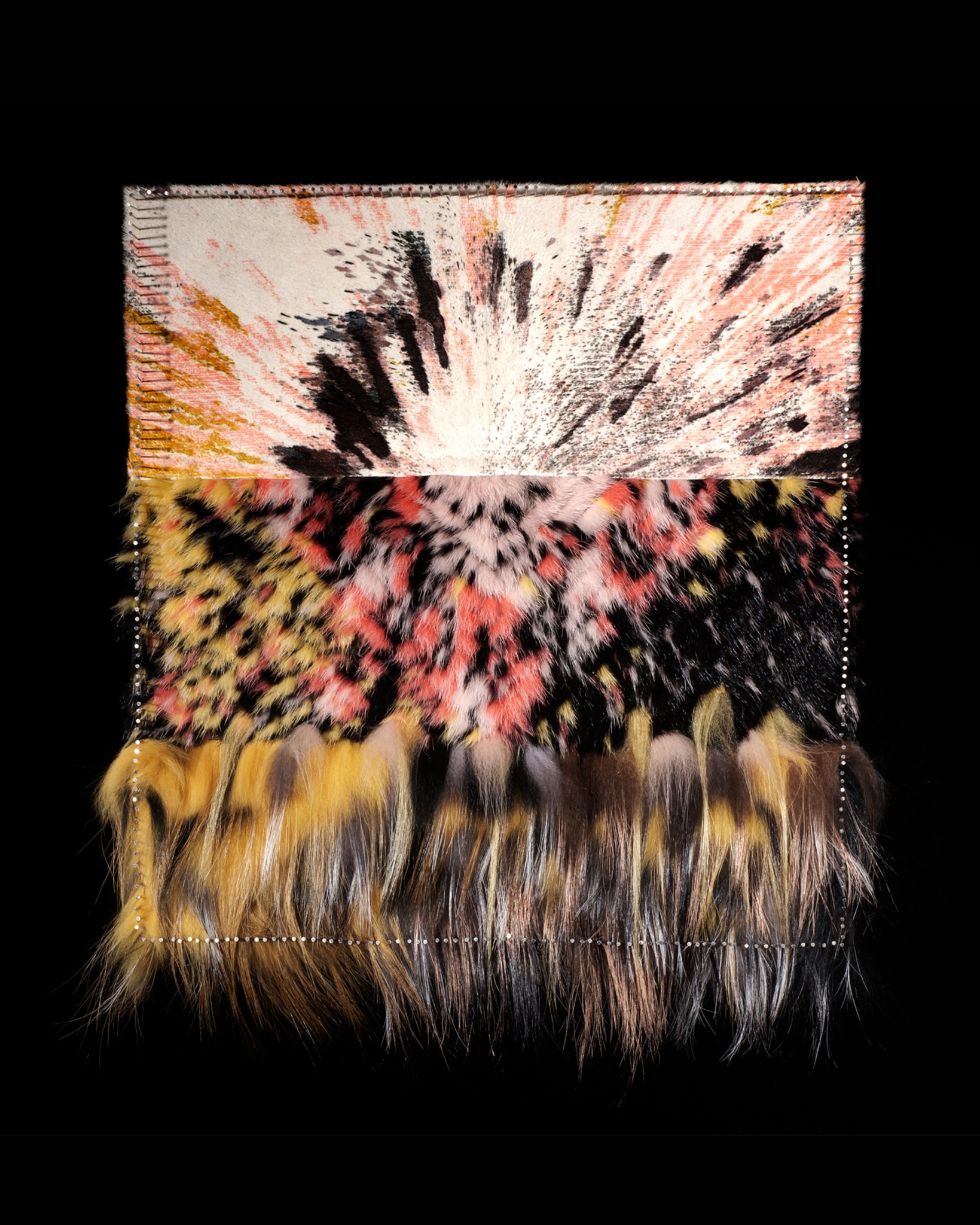
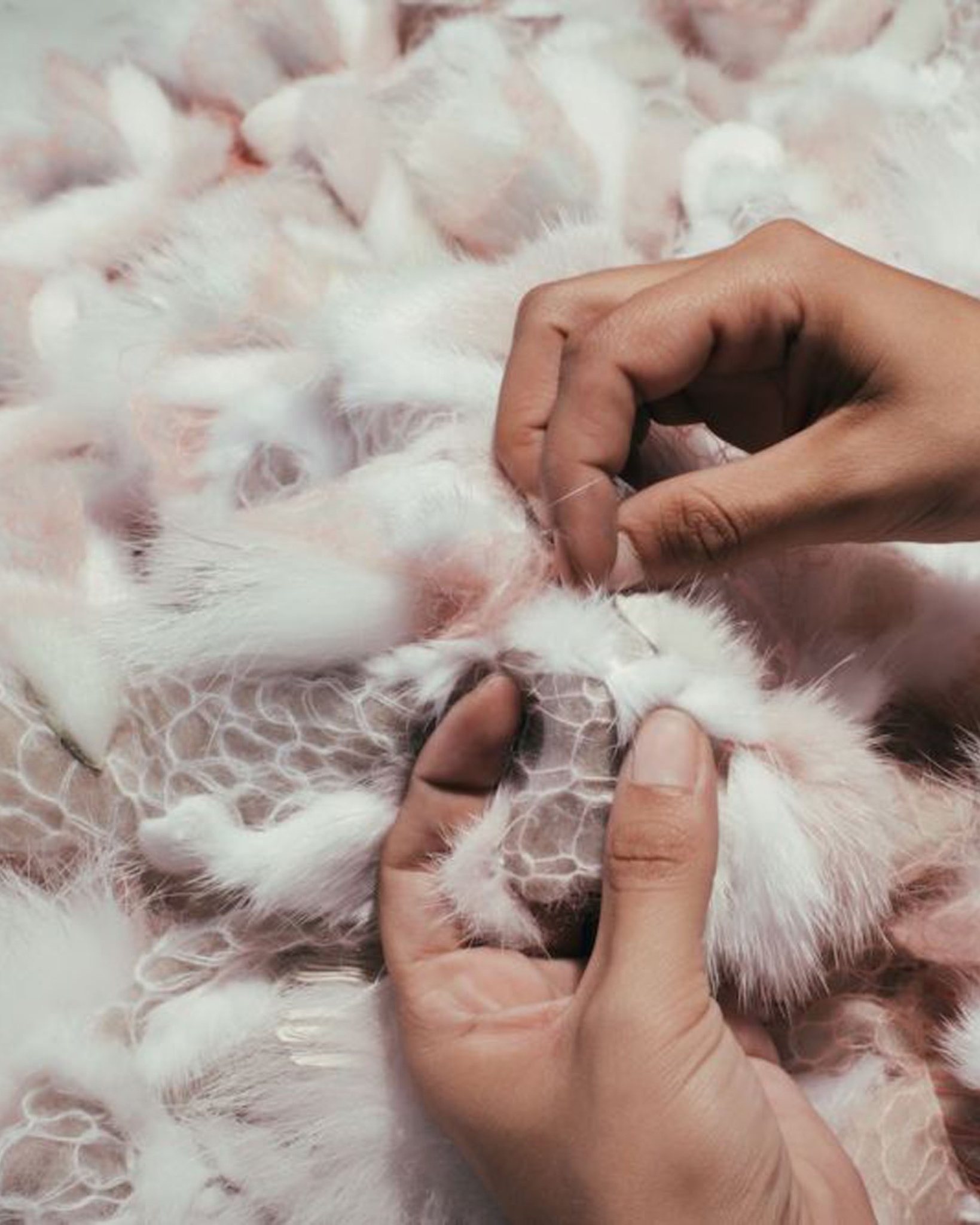
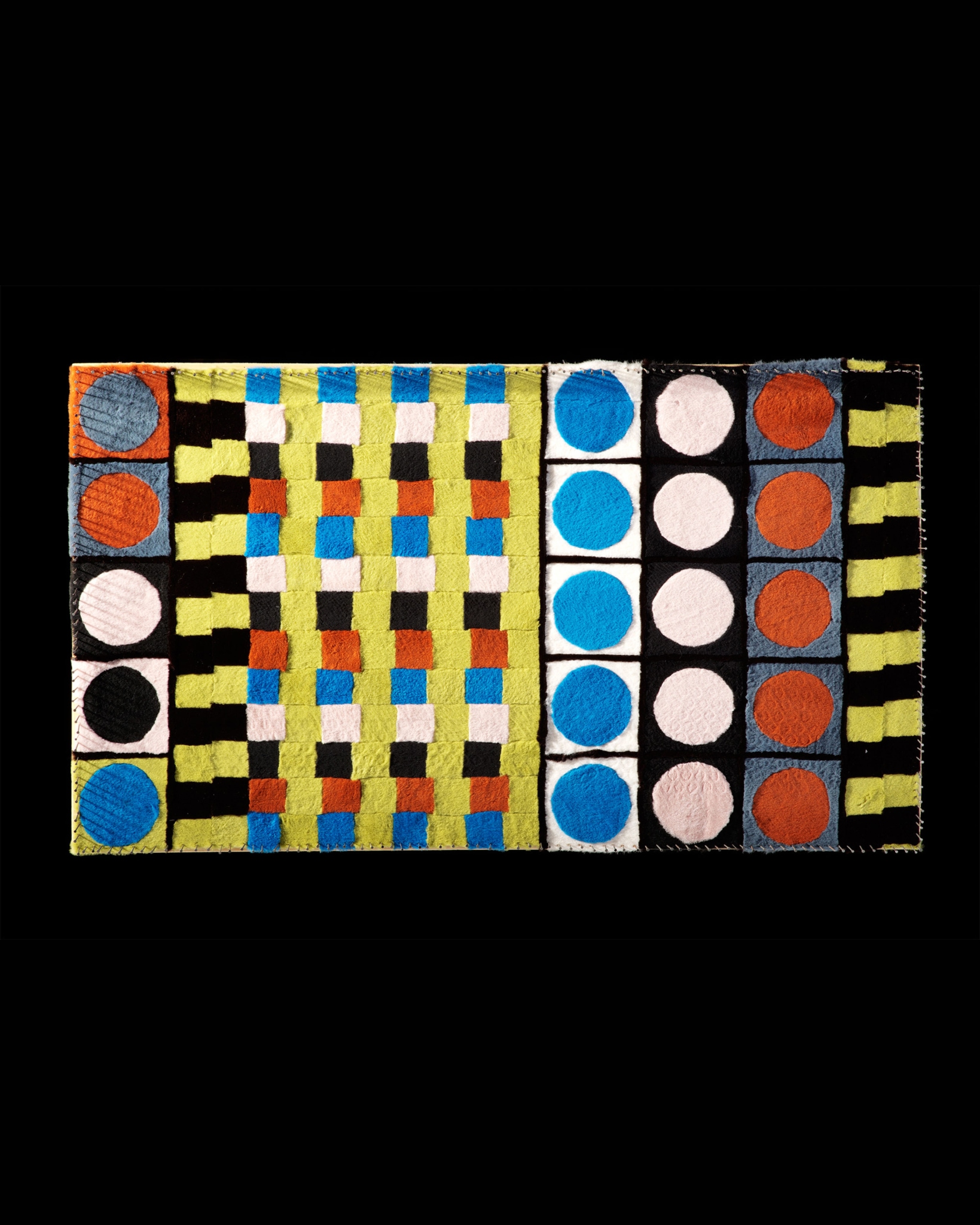
Astuccio
Designed by Karl Lagerfeld in 1971, the iconic Astuccio cape envelops the figure without any pockets or cuts. The creation is made through Gheronato workmanship, requiring artisans to cut fur into incredibly thin V-shaped strips before painstakingly sewing them back together in long, visibly seamless pieces to suit the geometry and shape of each garment.
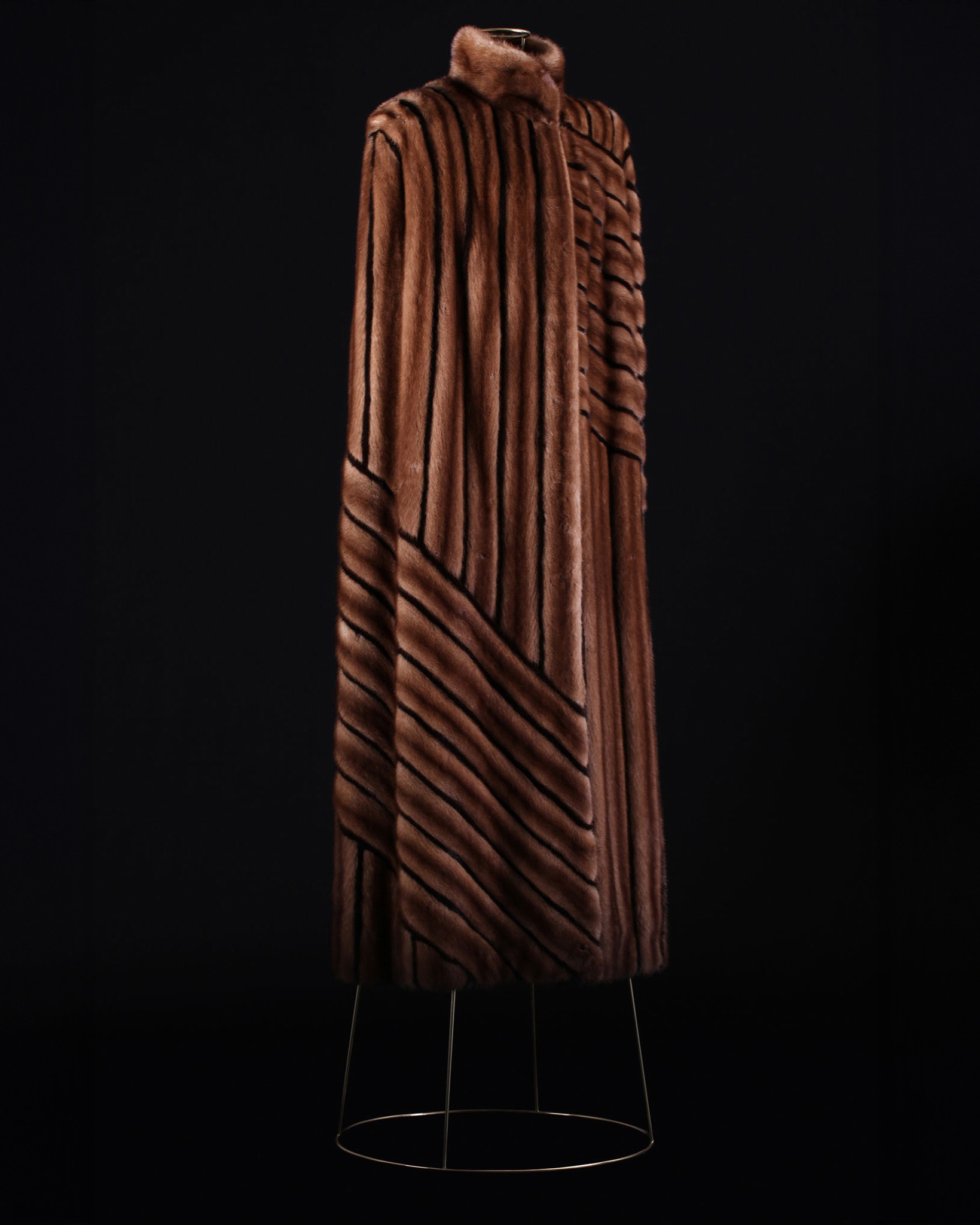
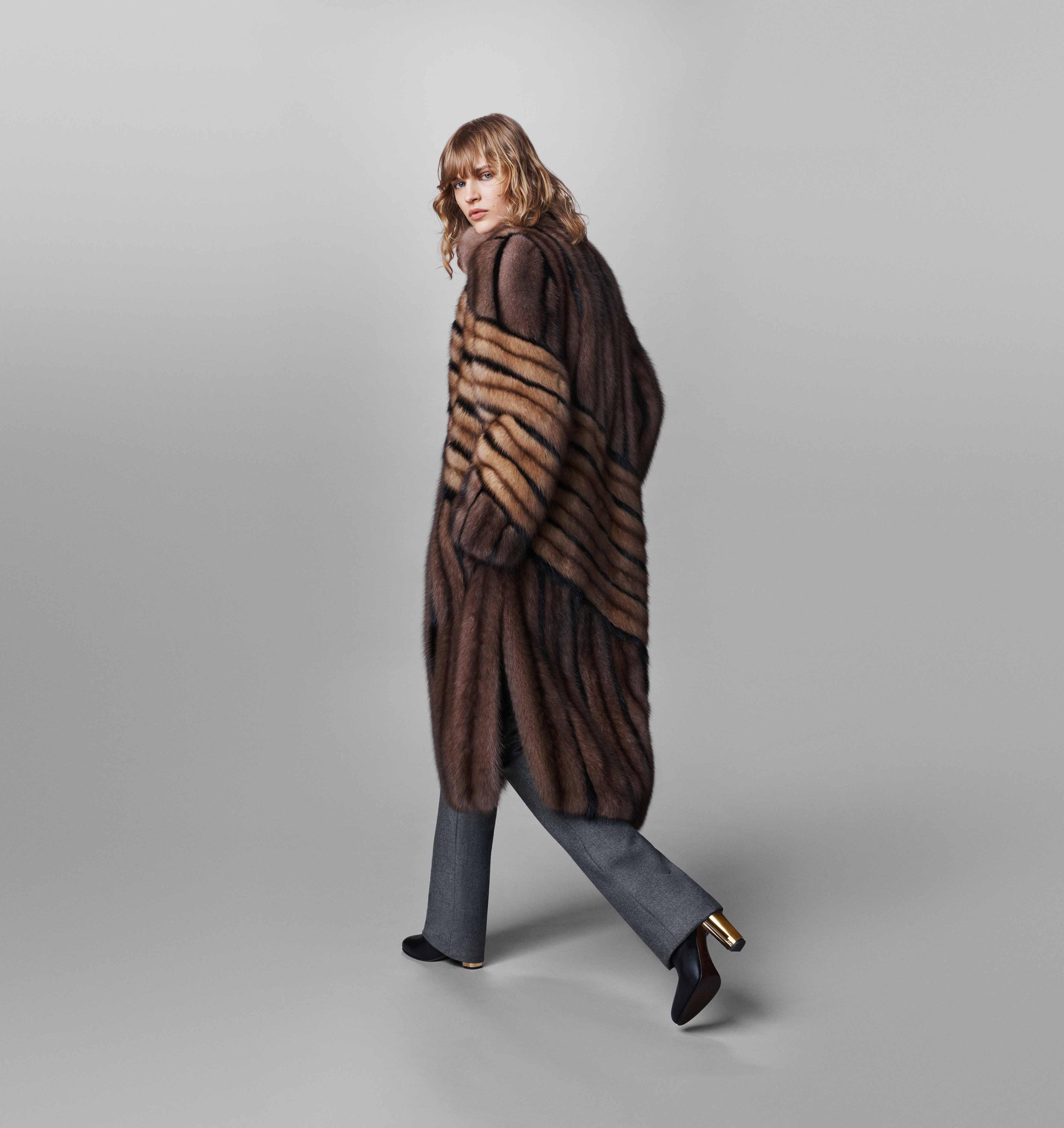
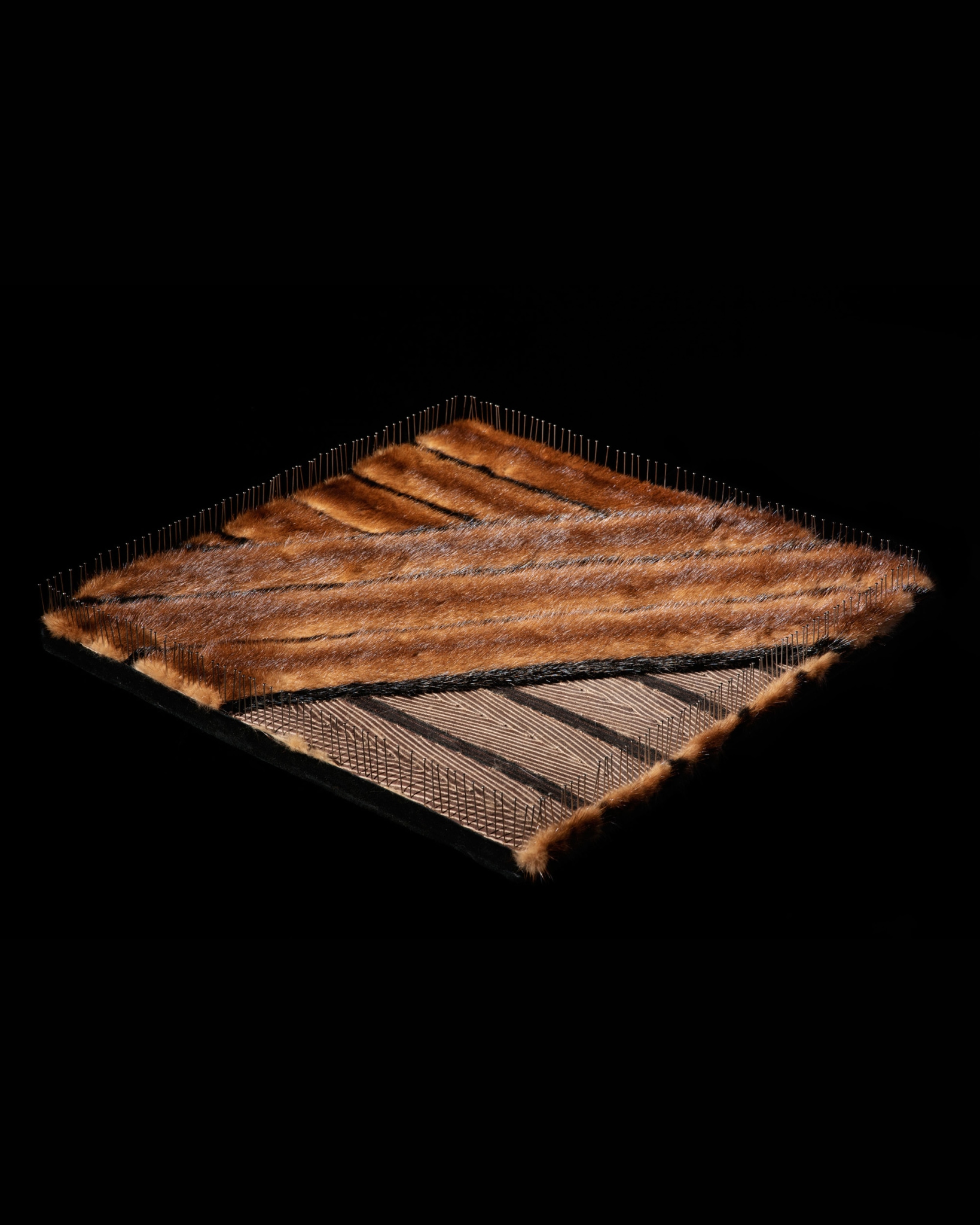
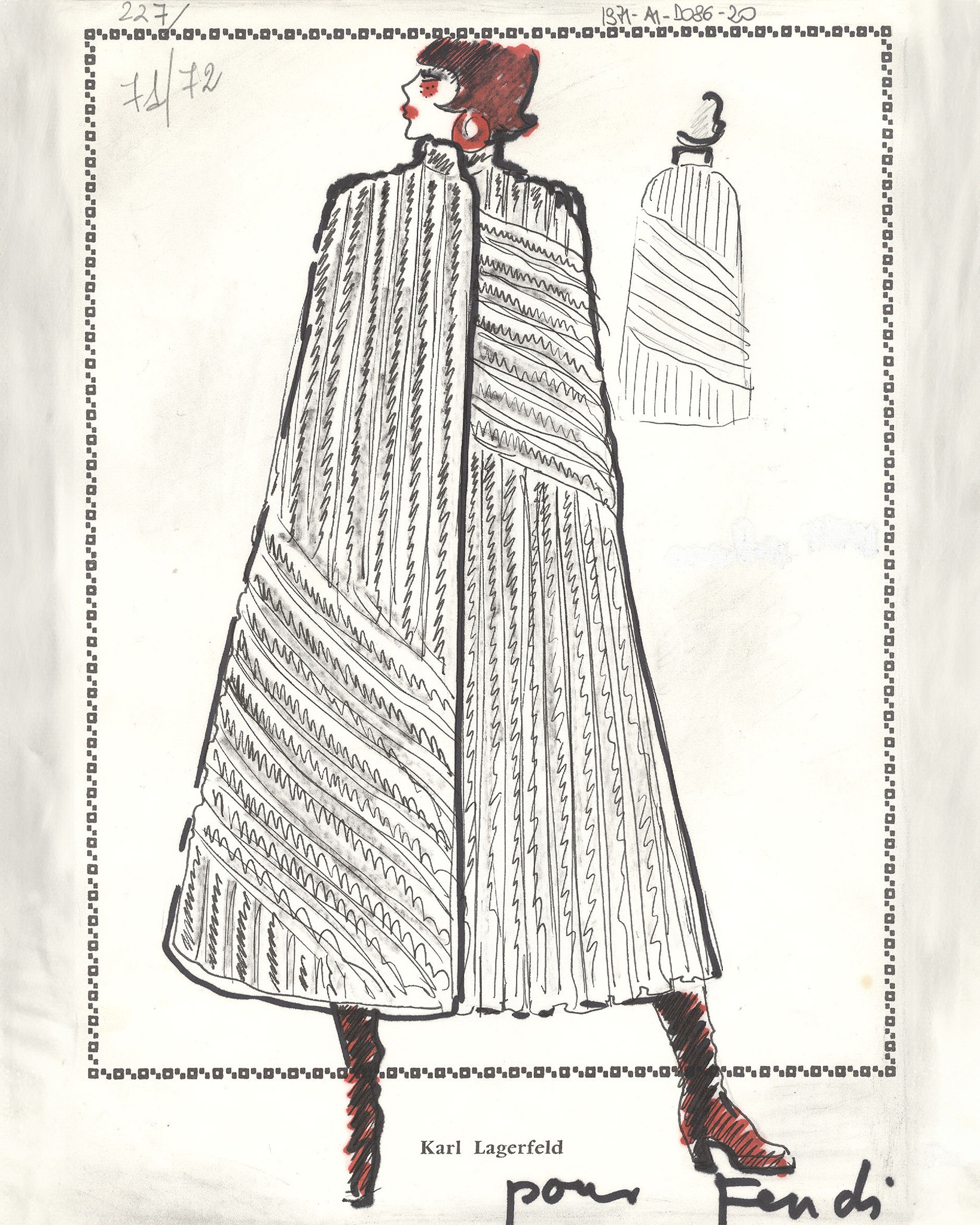
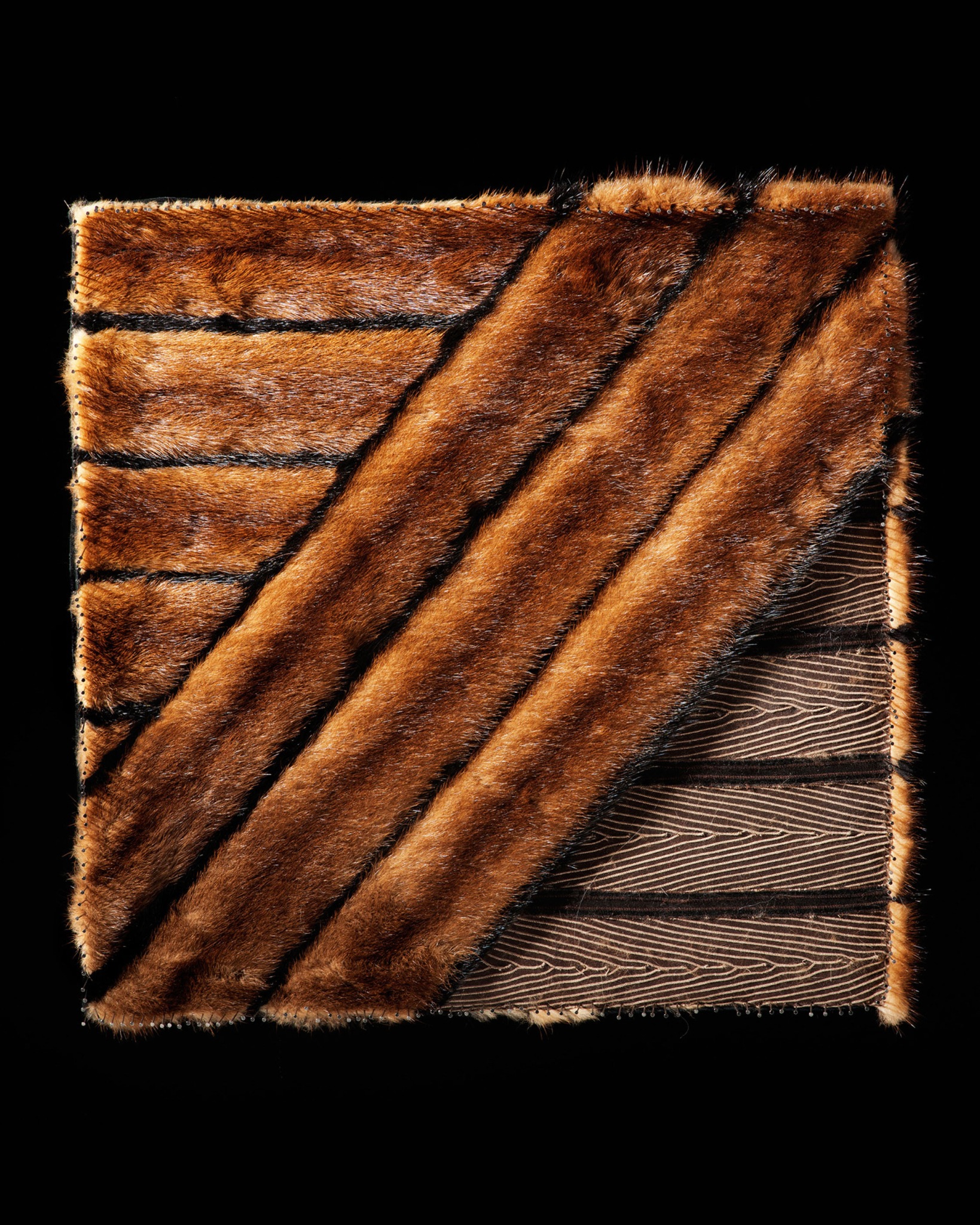
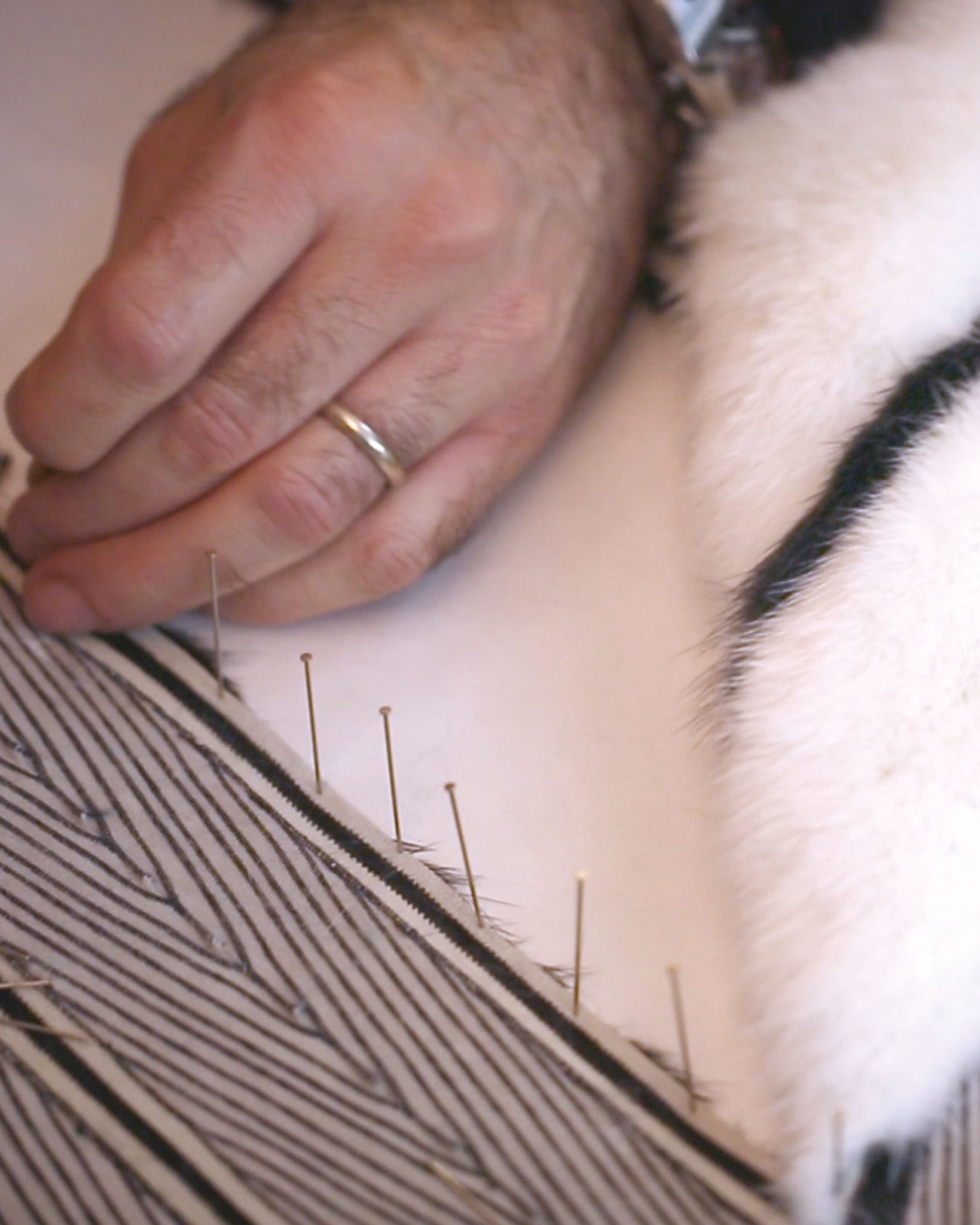

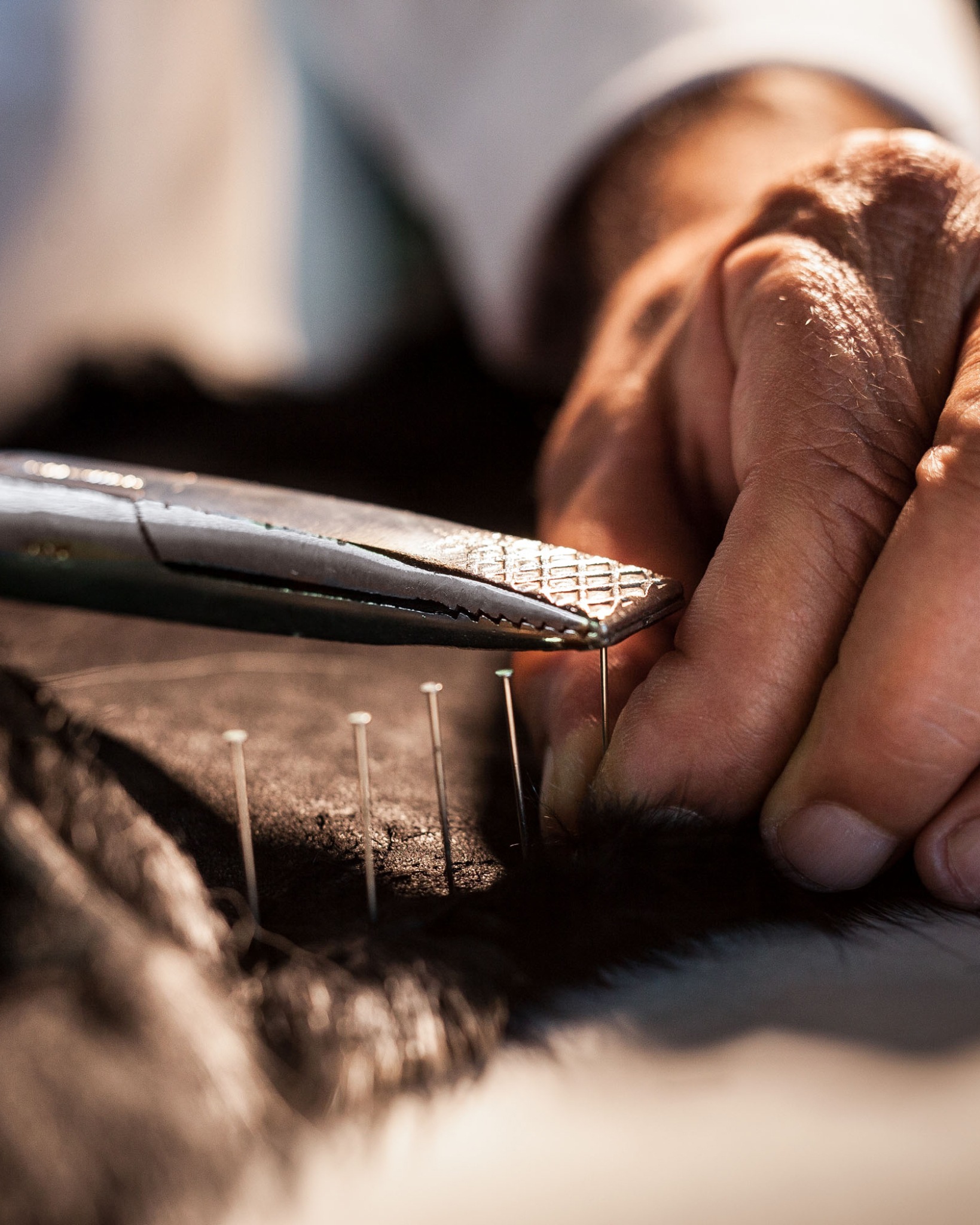
Featherlike
The highest expression of the Maison’s mastery of materials originated by Karl Lagerfeld, Featherlike creations are crafted from thin strips of fur on a lightweight base, resulting in incredibly light pieces, luxuriously free from heavy linings.
A century of family traditions
The Atelier is home to a unique family of artisans, often the direct descendants of Fendi Fur craftspeople before them, heirs of know-how that only they possess and continue to pass on to the next generation.
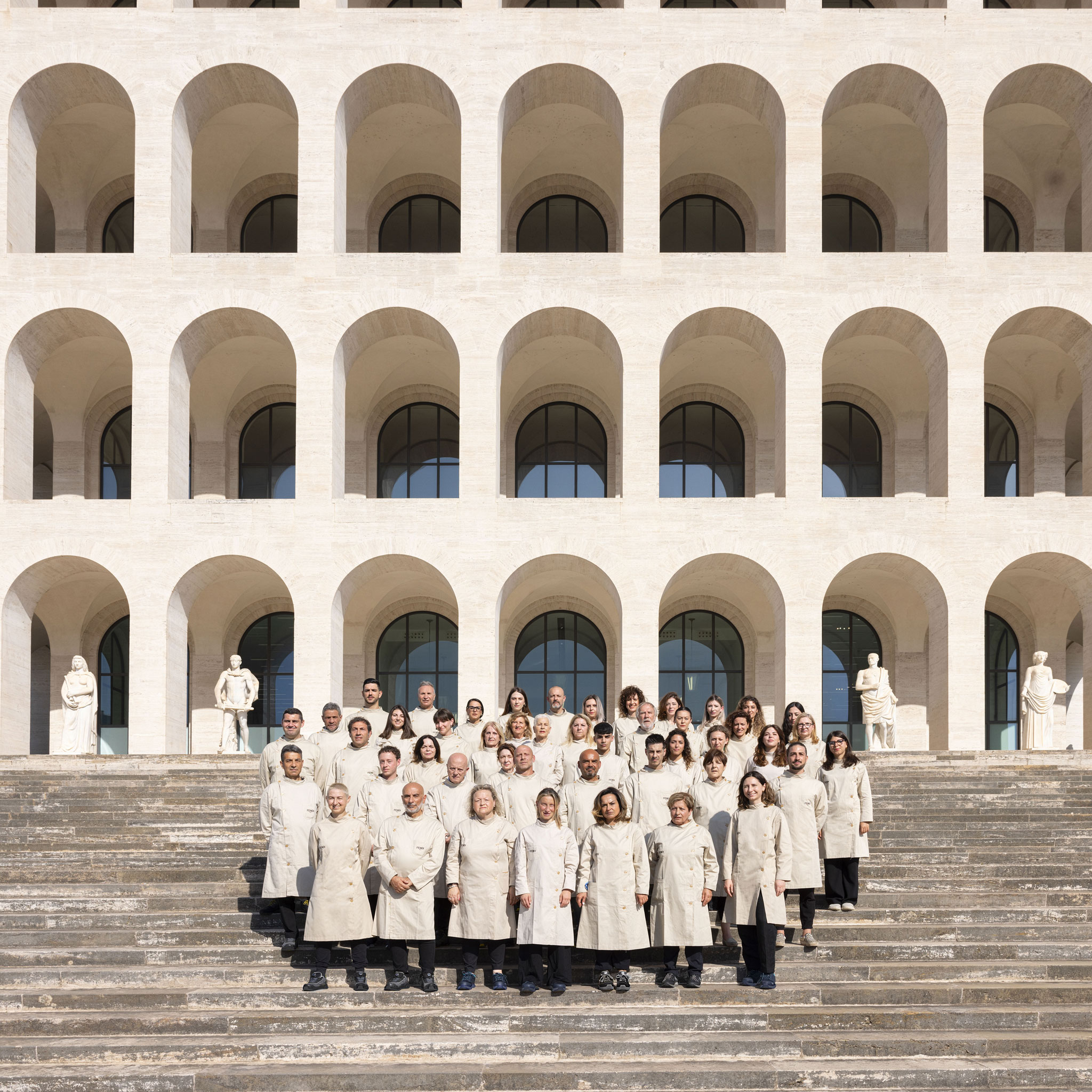
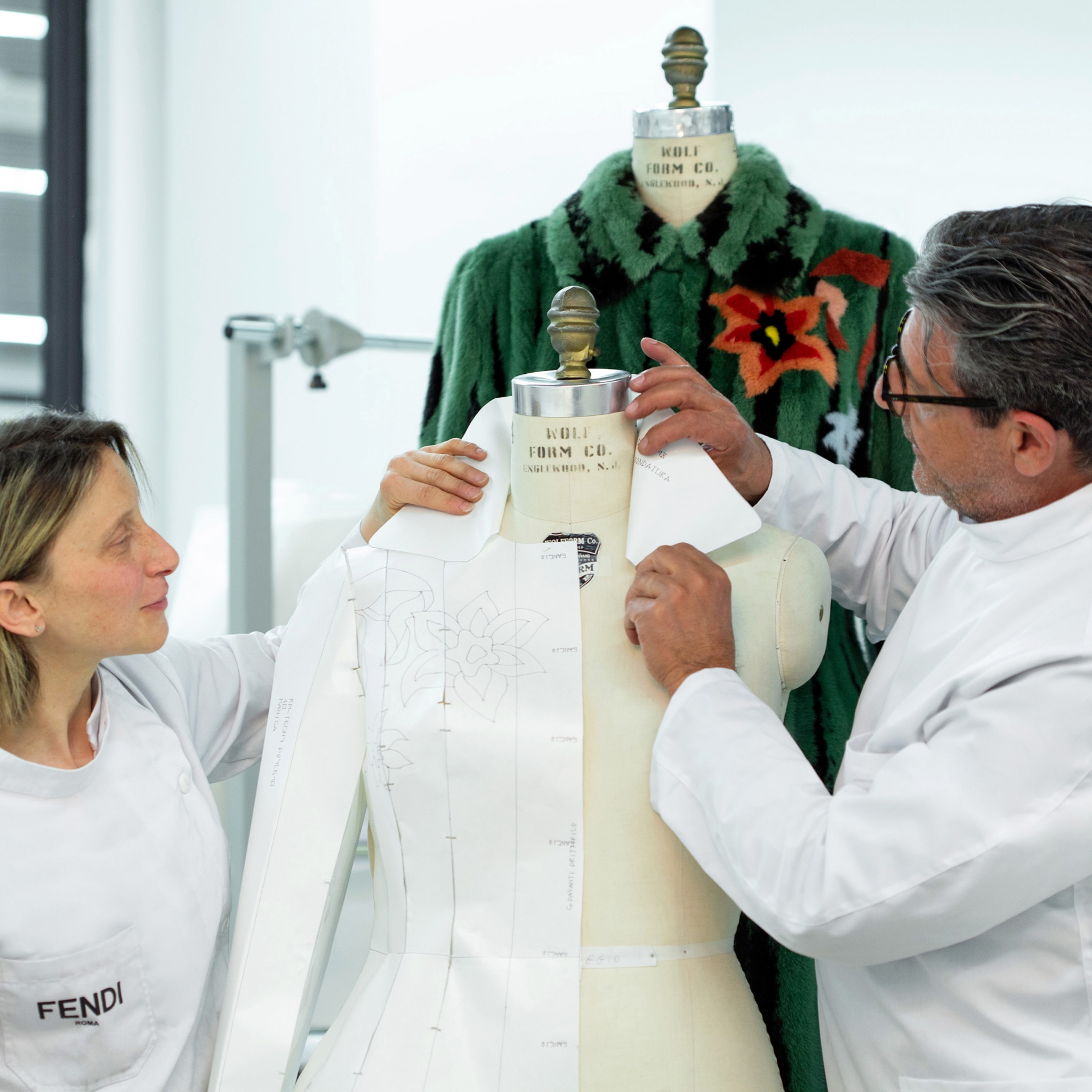
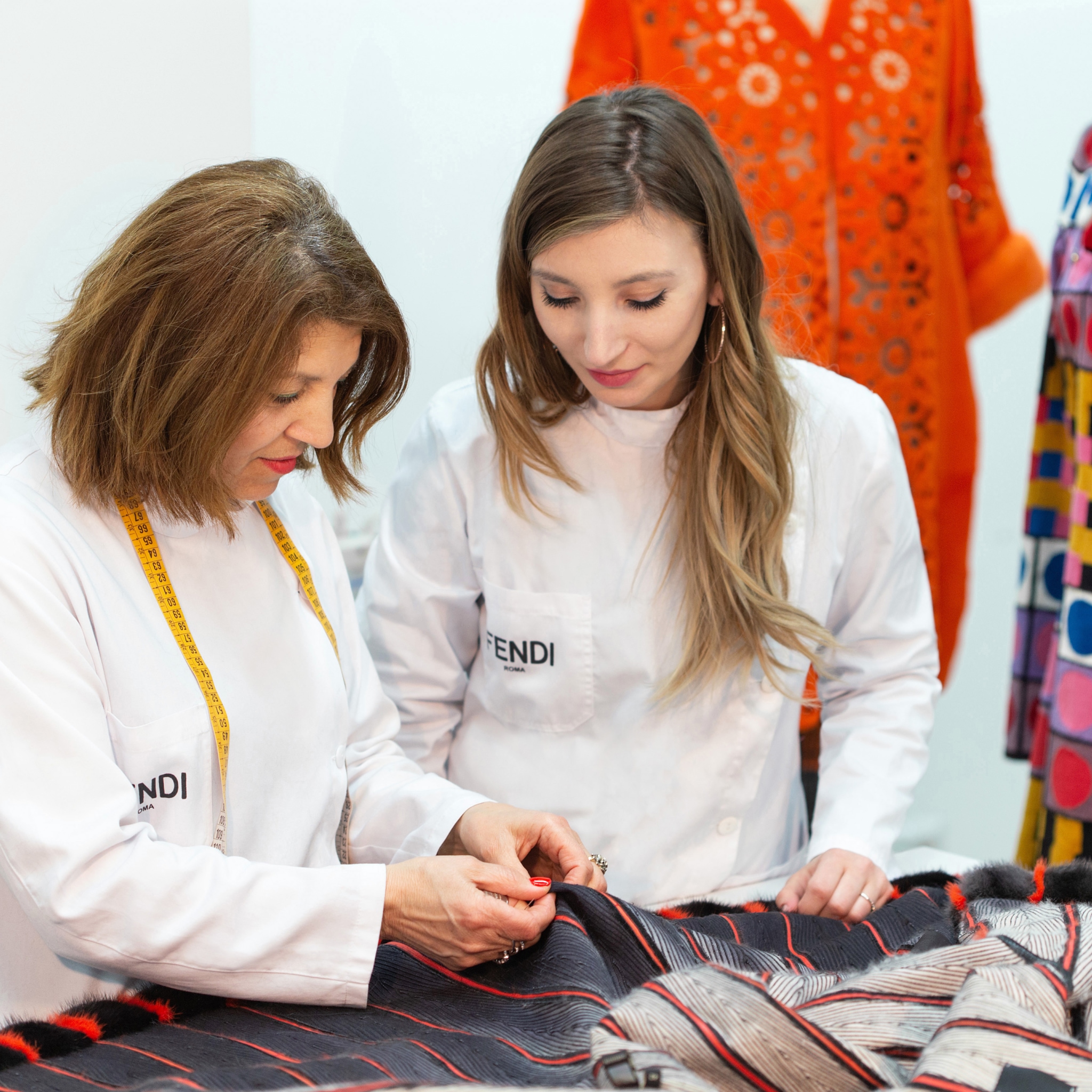

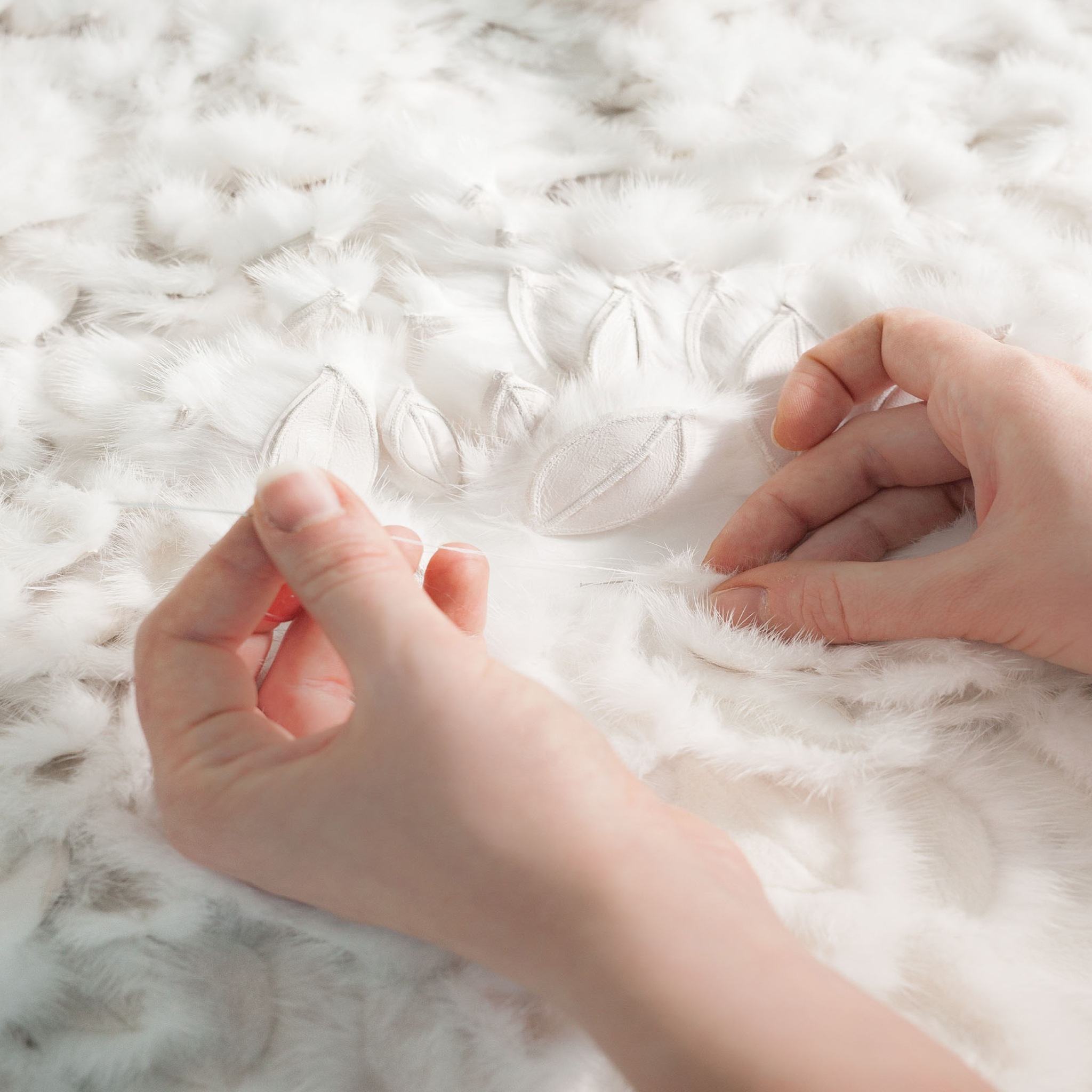
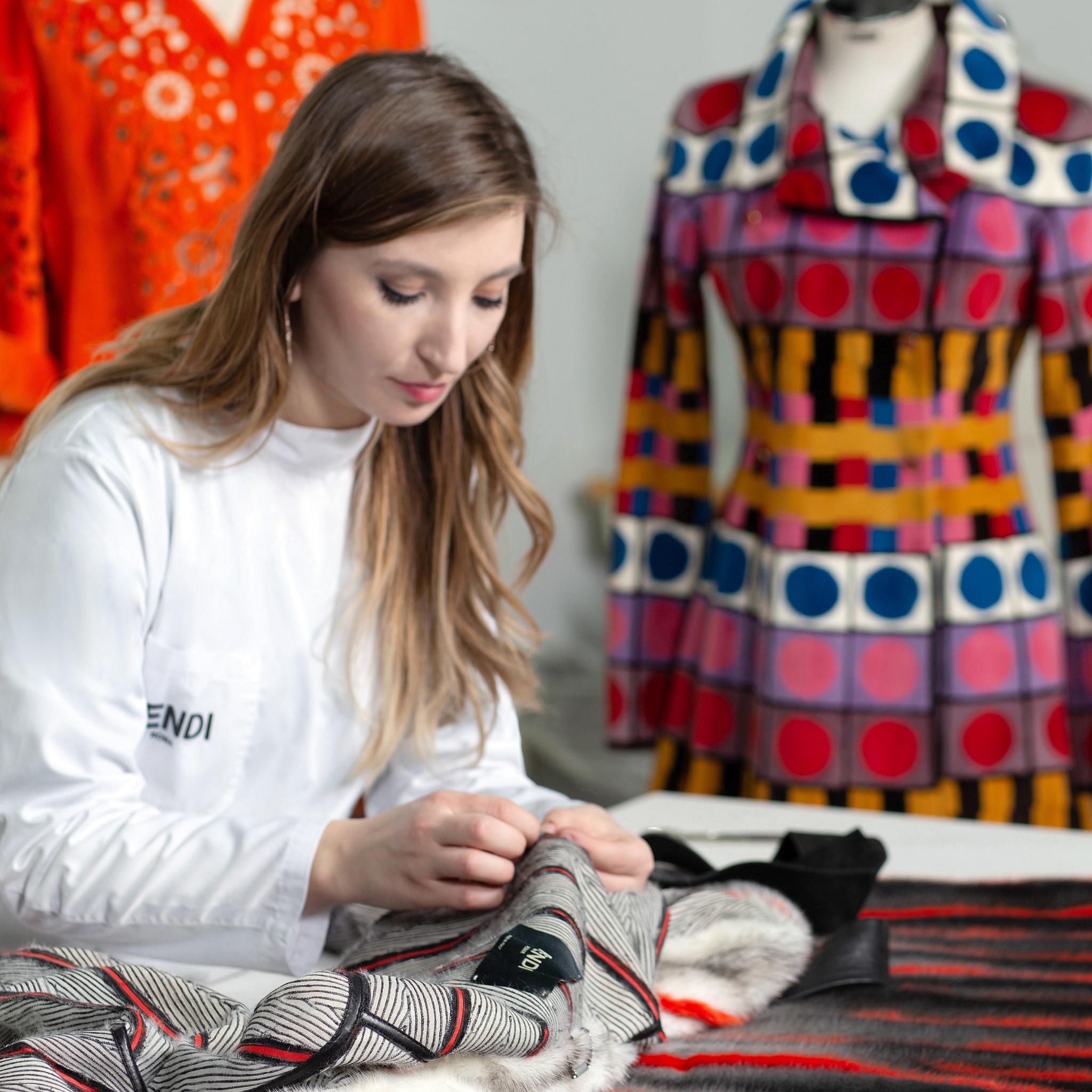
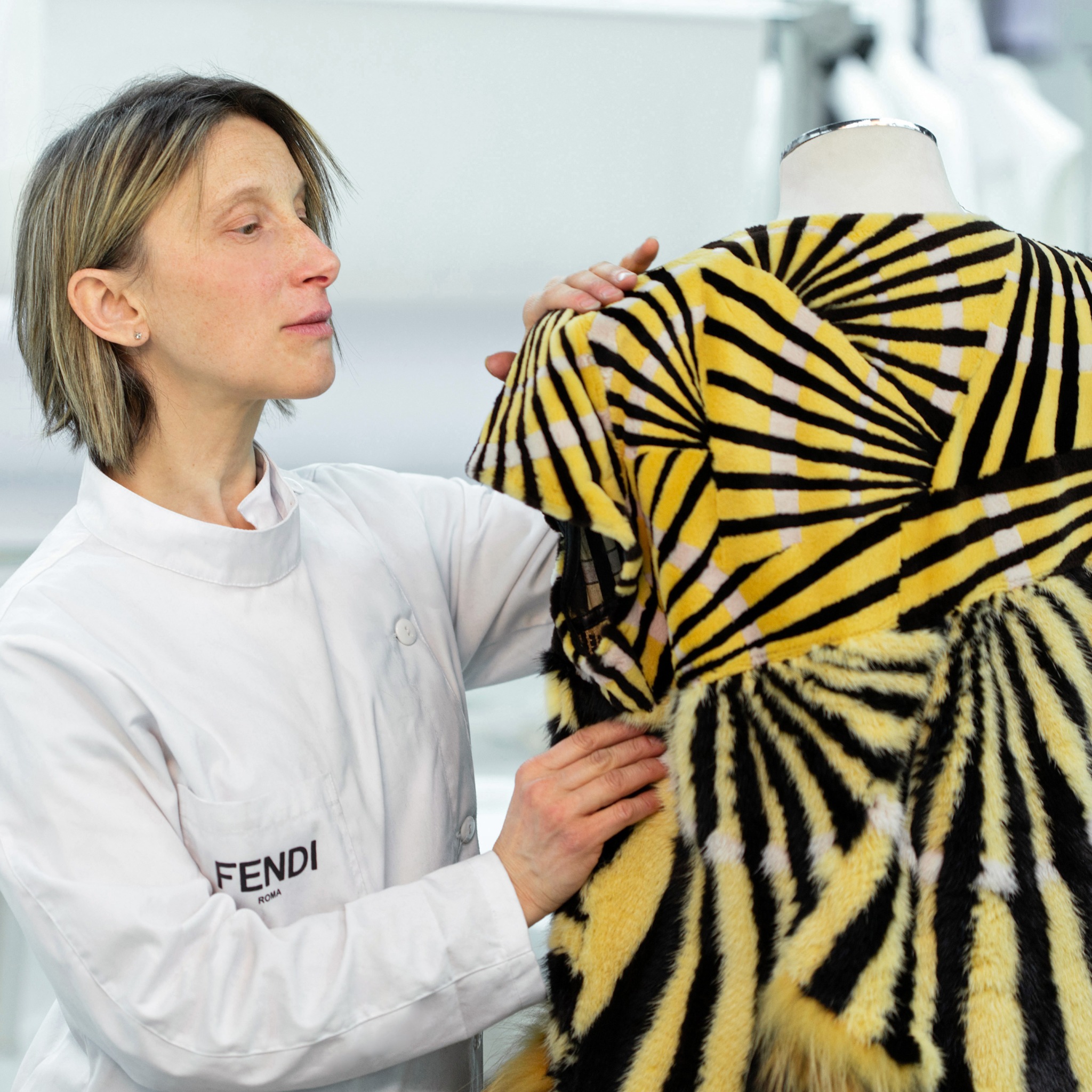
Sustainability and care
Fendi is certified by the Furmark® label, a comprehensive certification and traceability system.
The Atelier has also created dedicated guides to preserve the beauty of Fendi Fur creations over time.
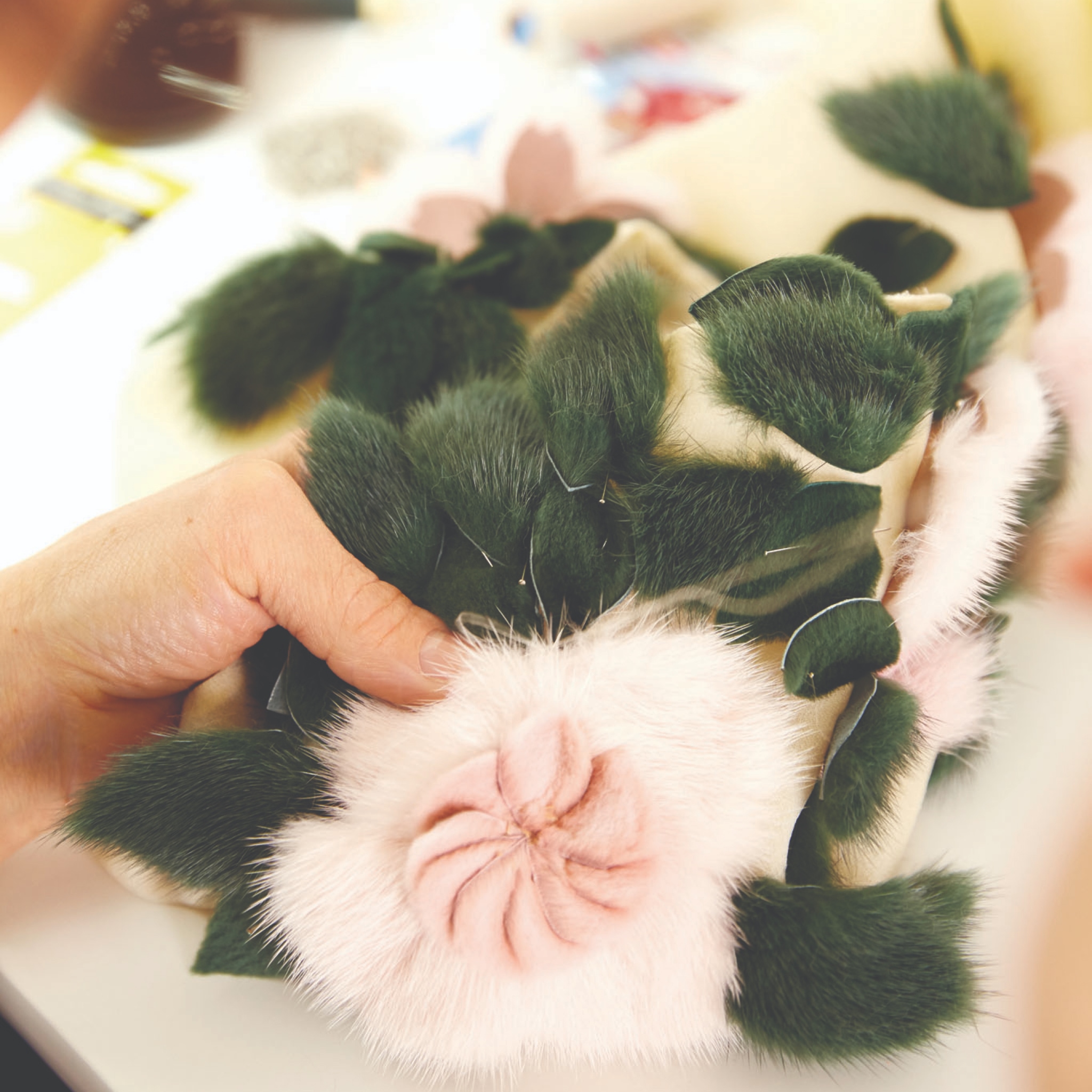
Discover the history of Fendi
Artisanal savoir-faire, luxury and contemporary design: the history of Fendi has always been synonymous with elegance and experimentation.
Discover More